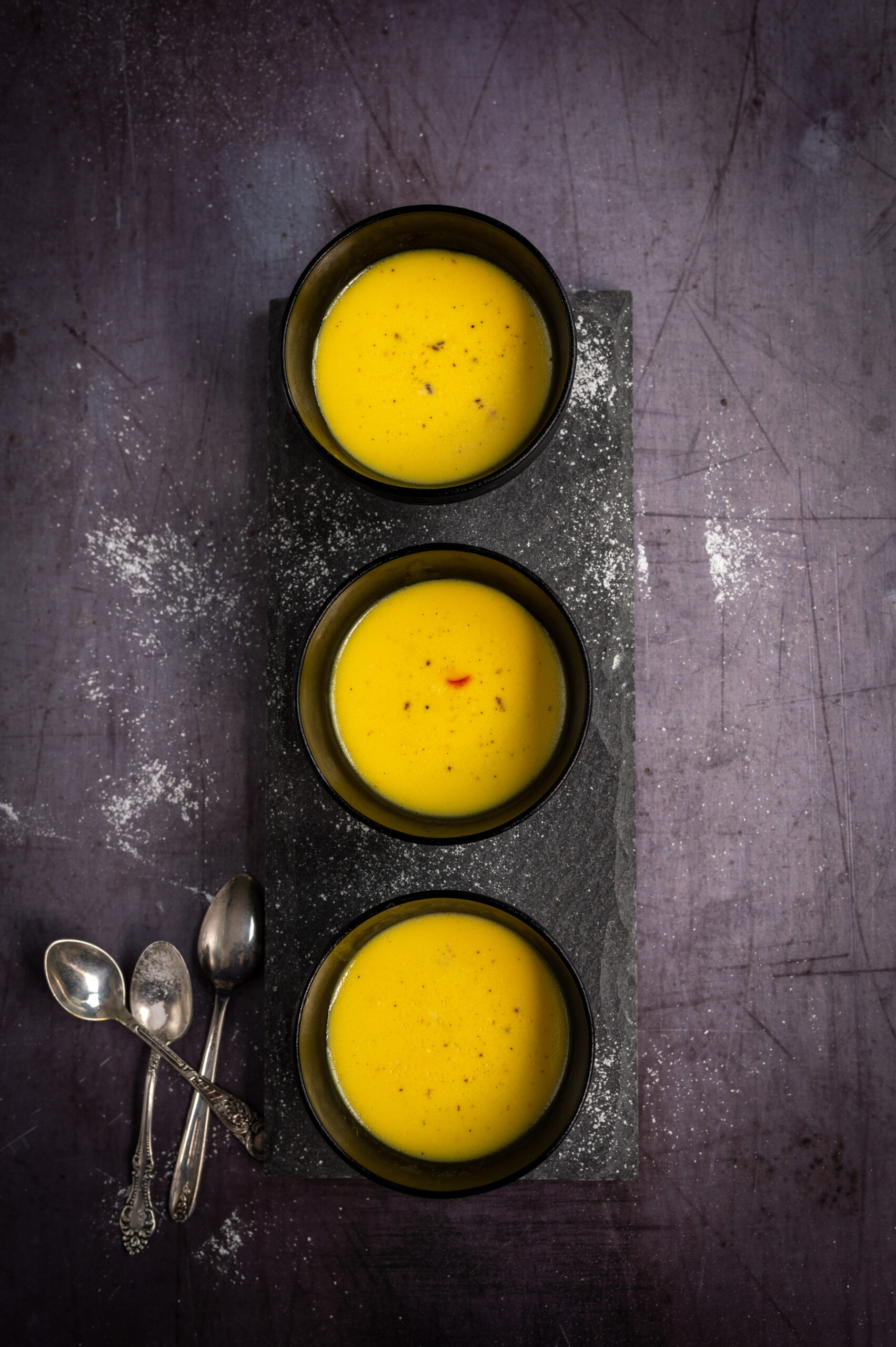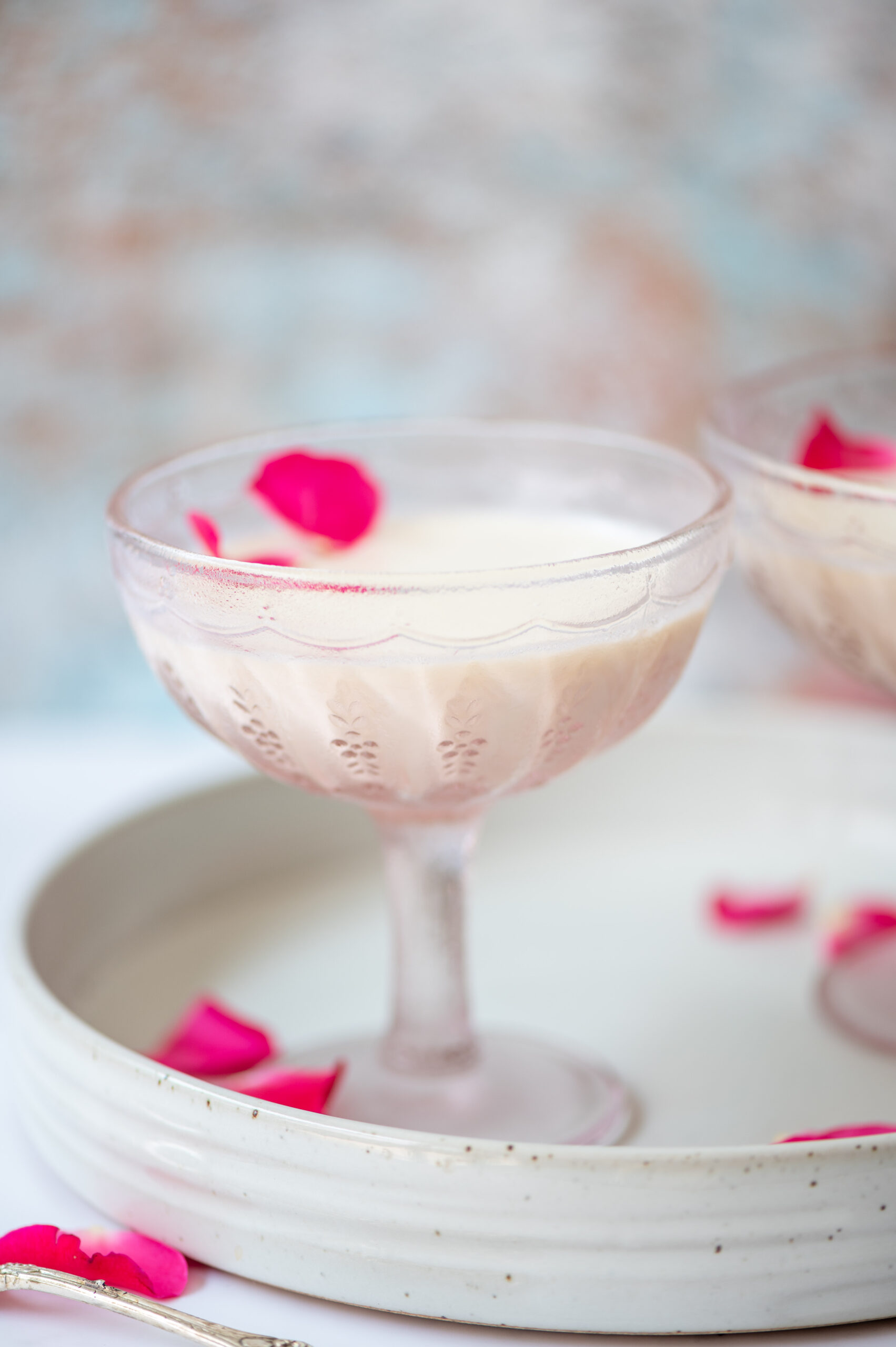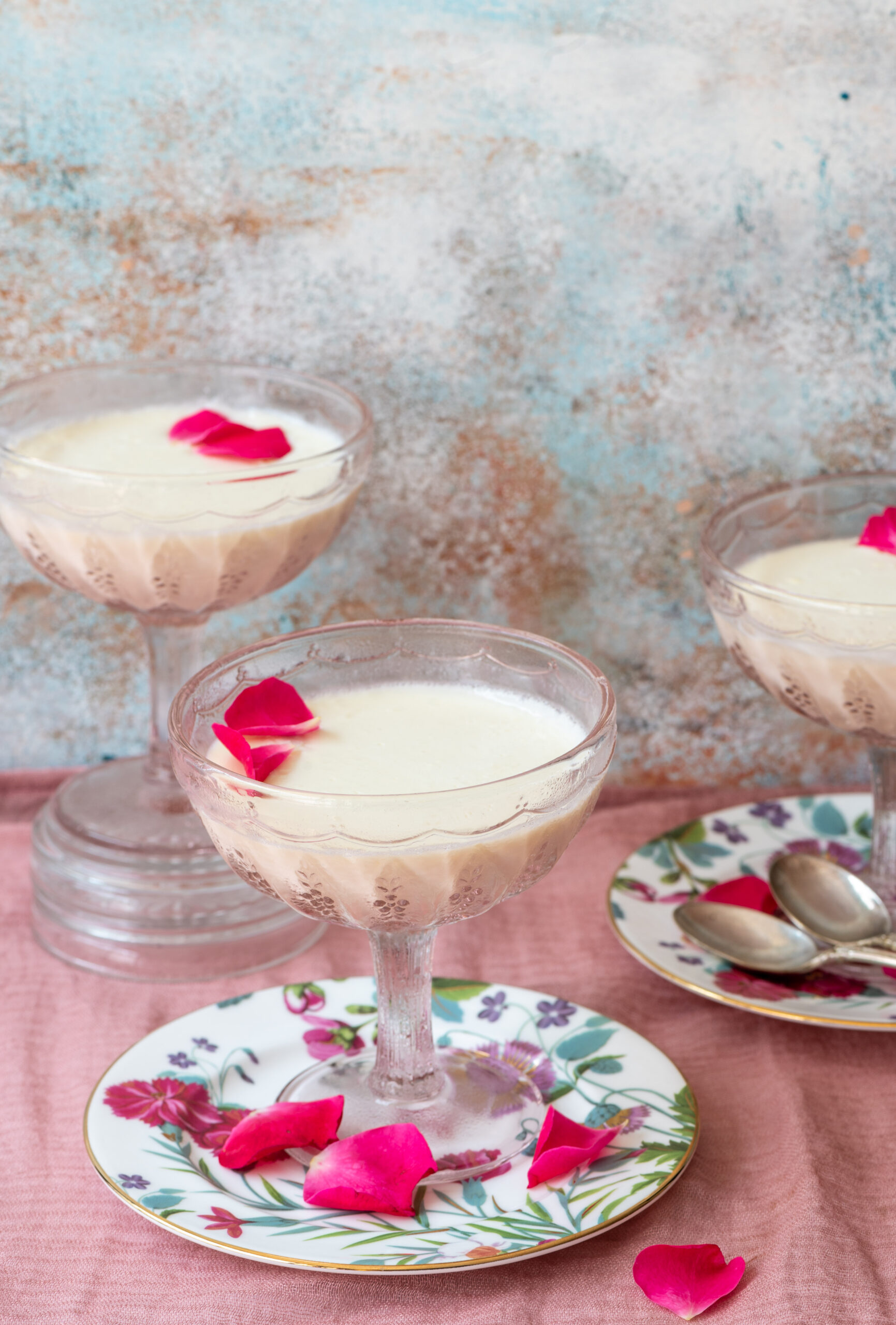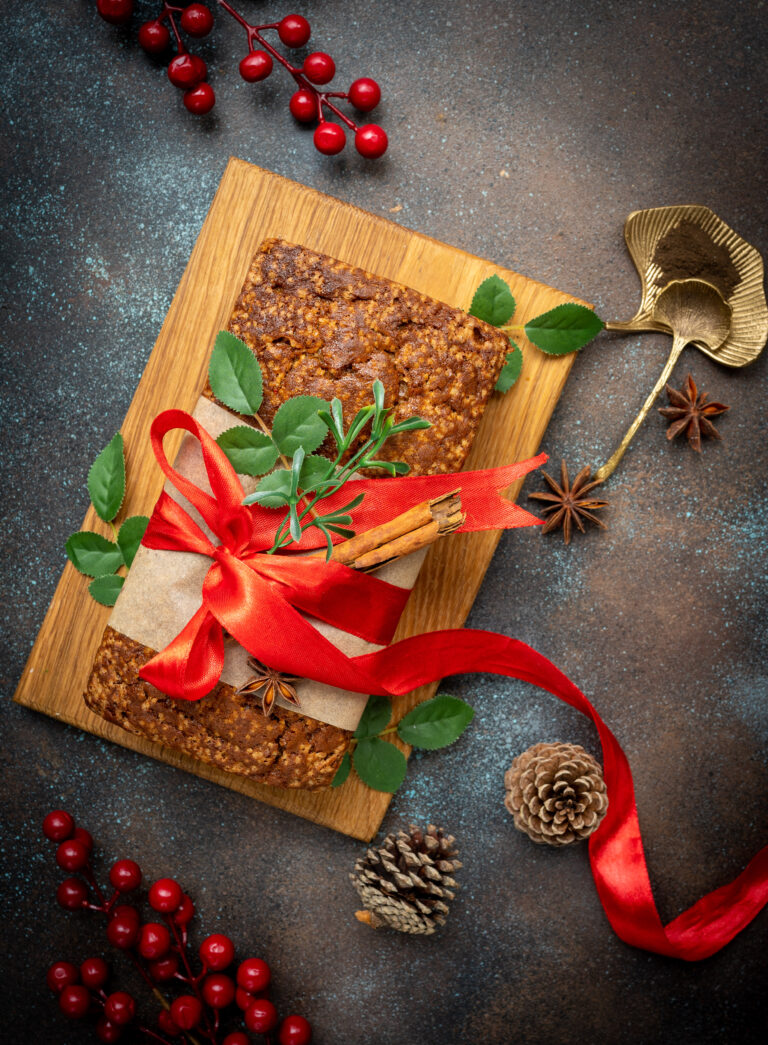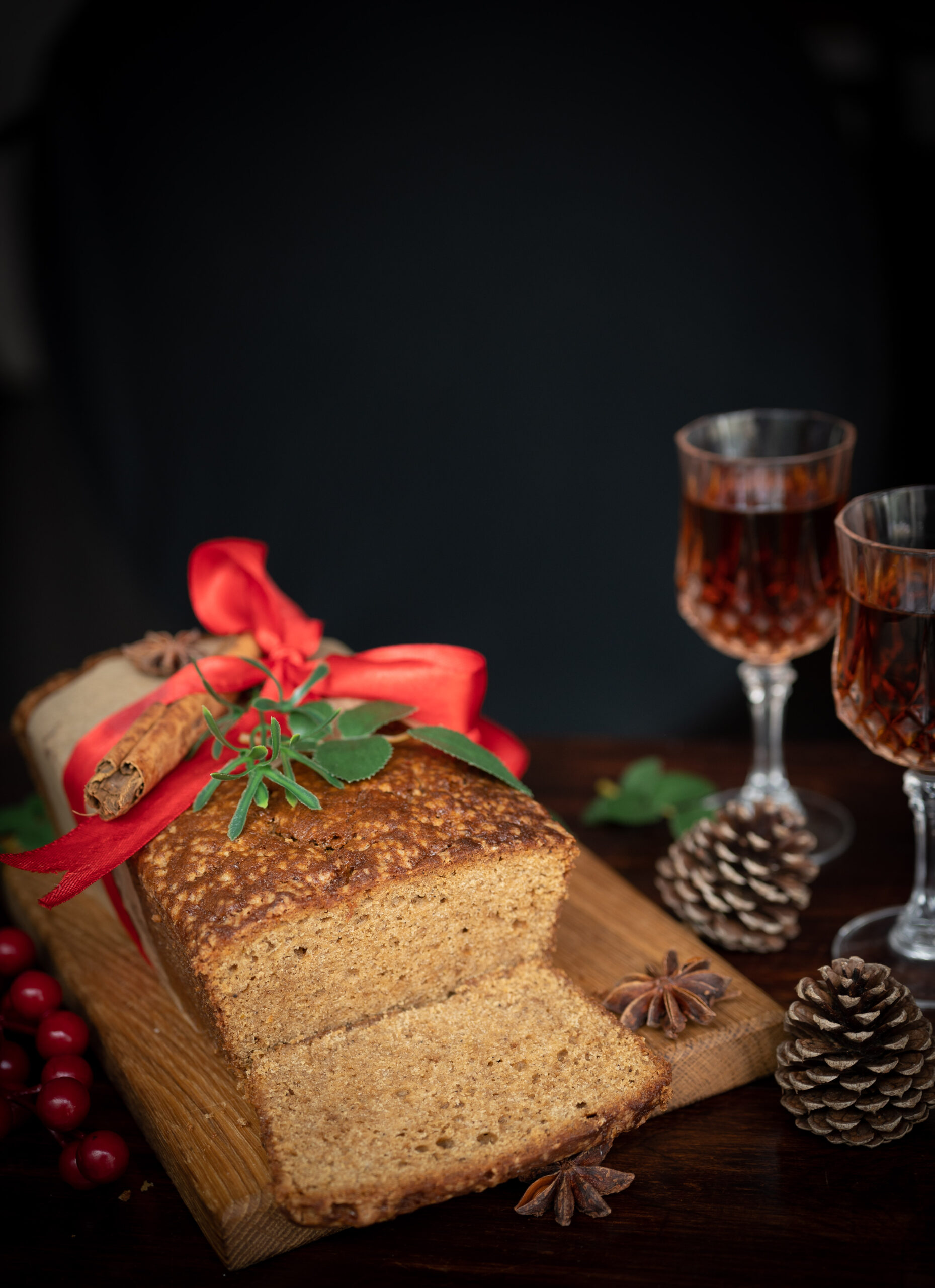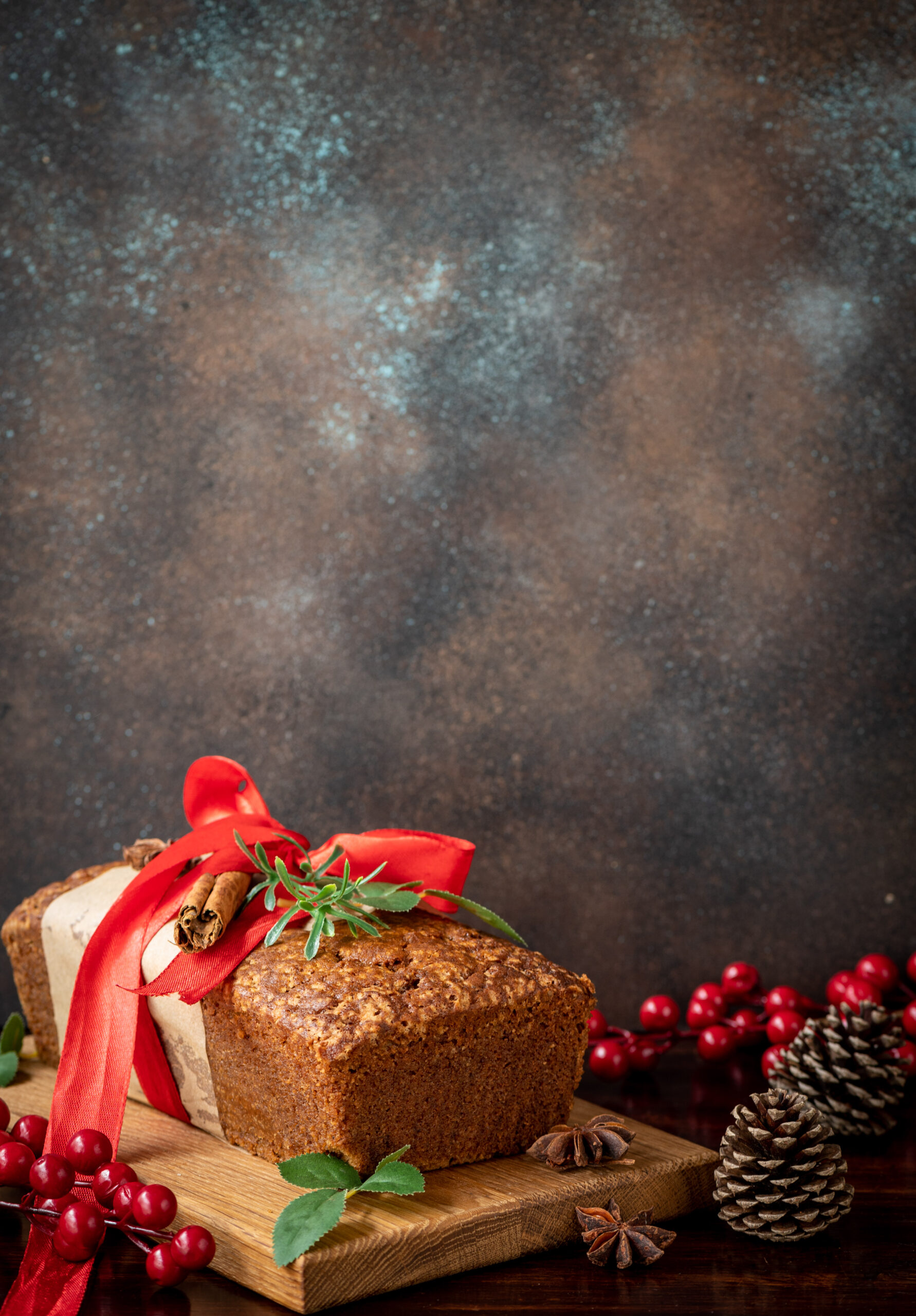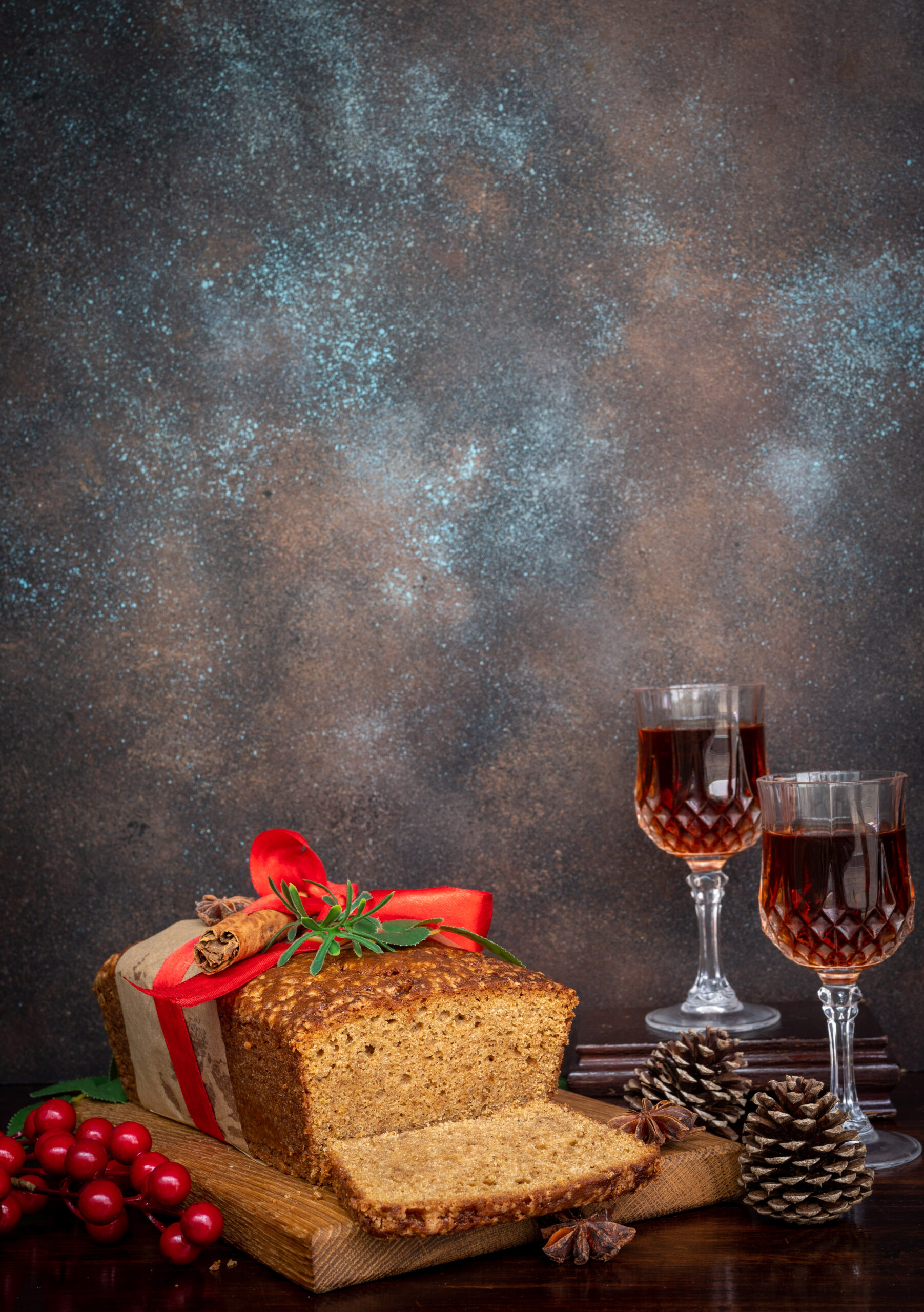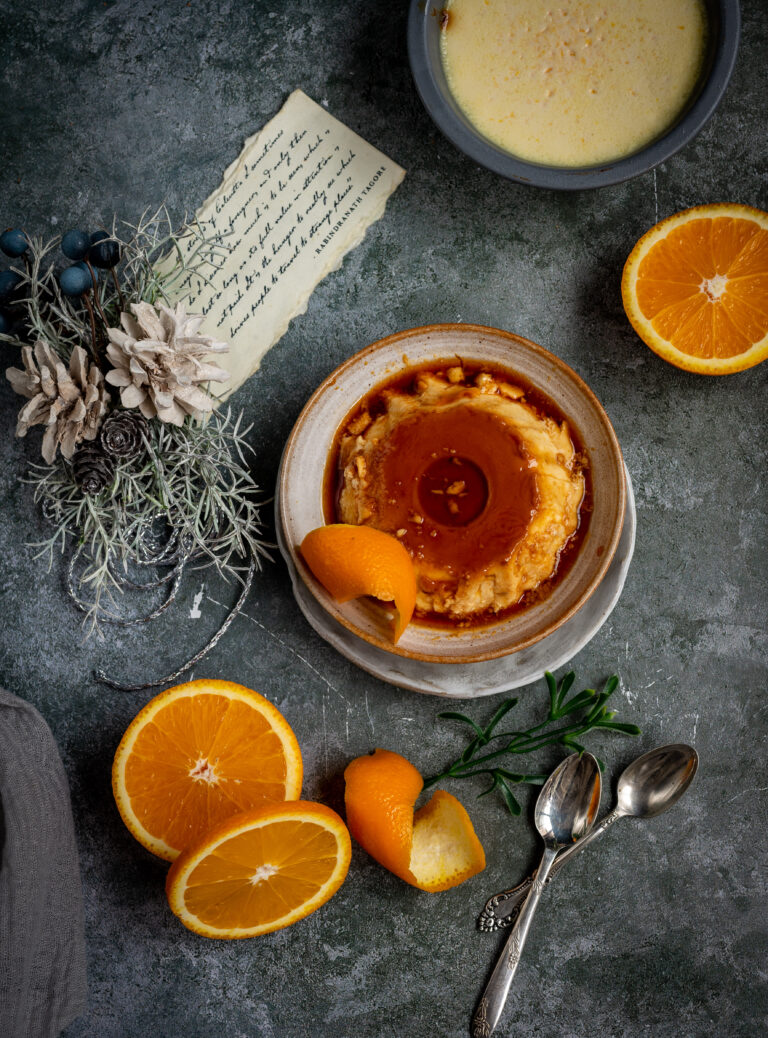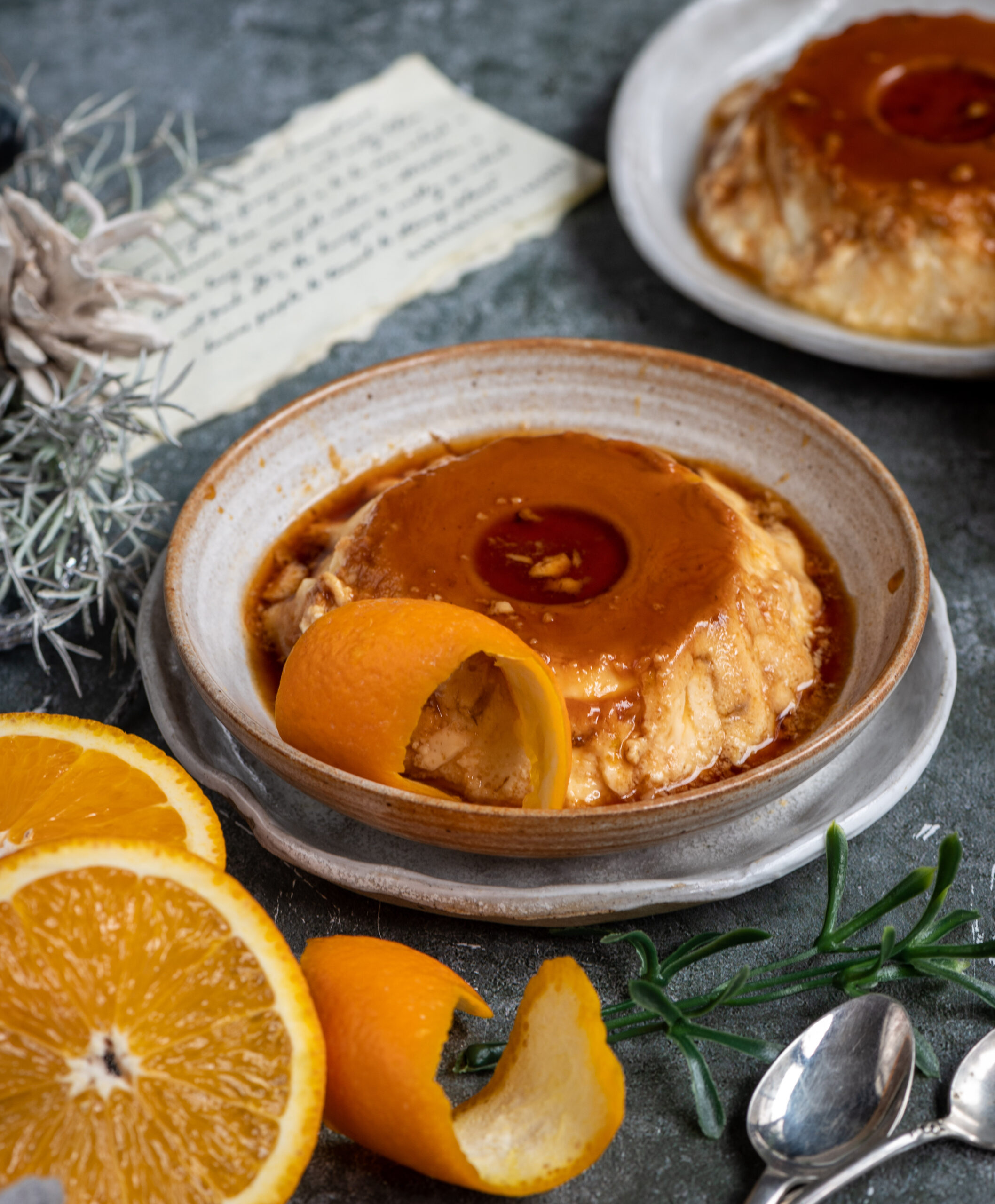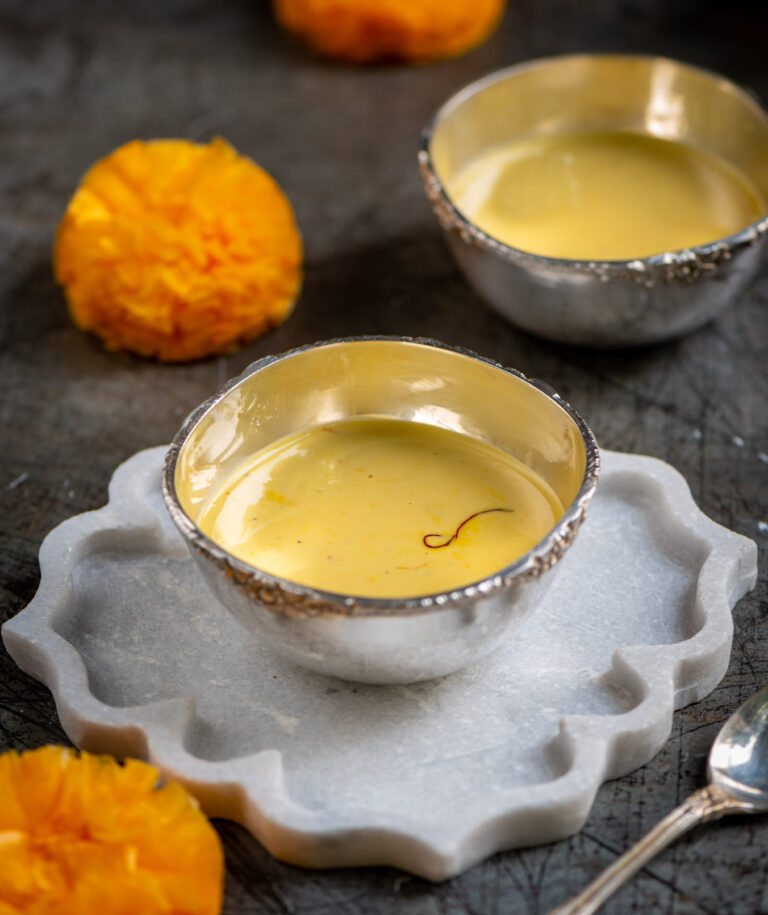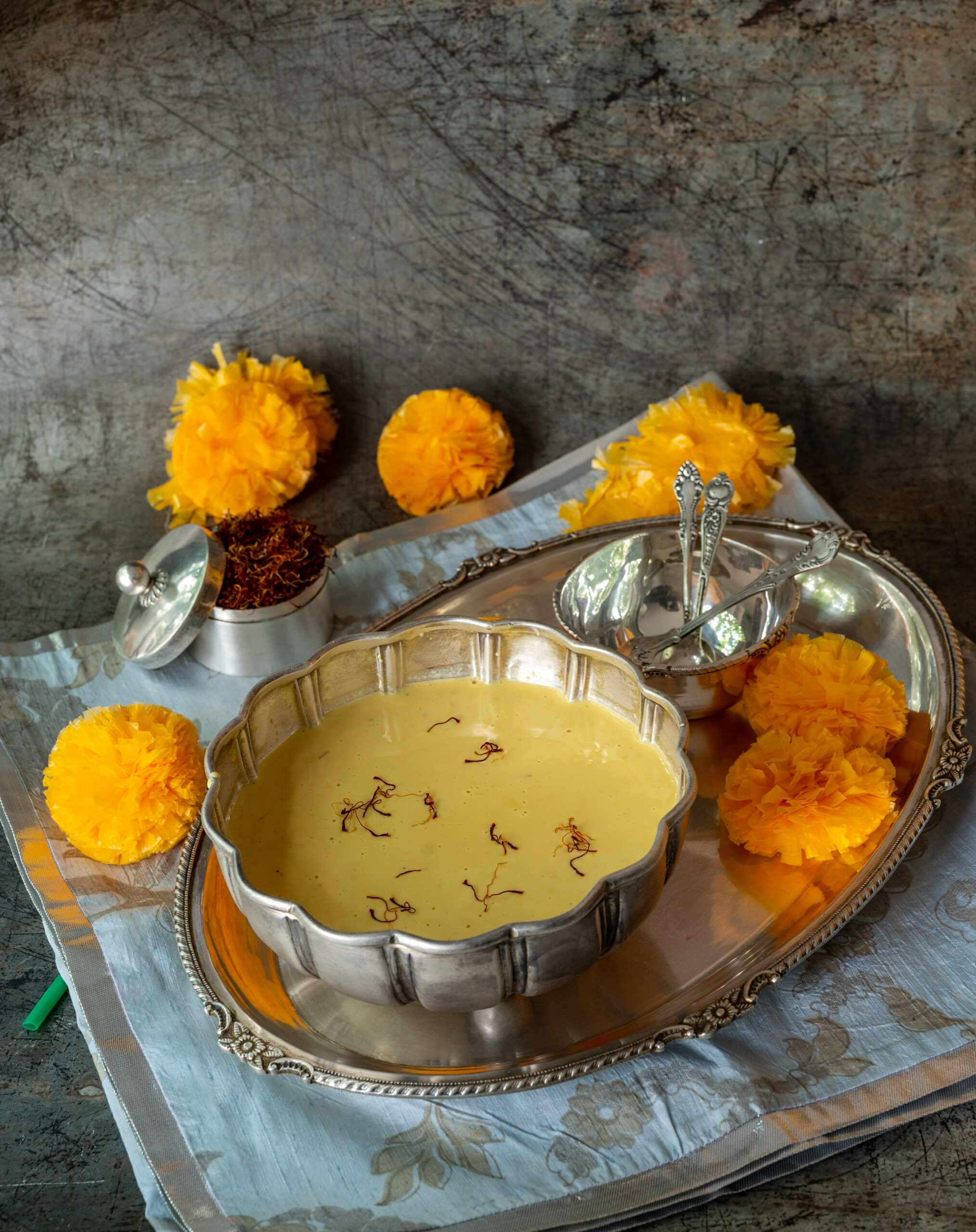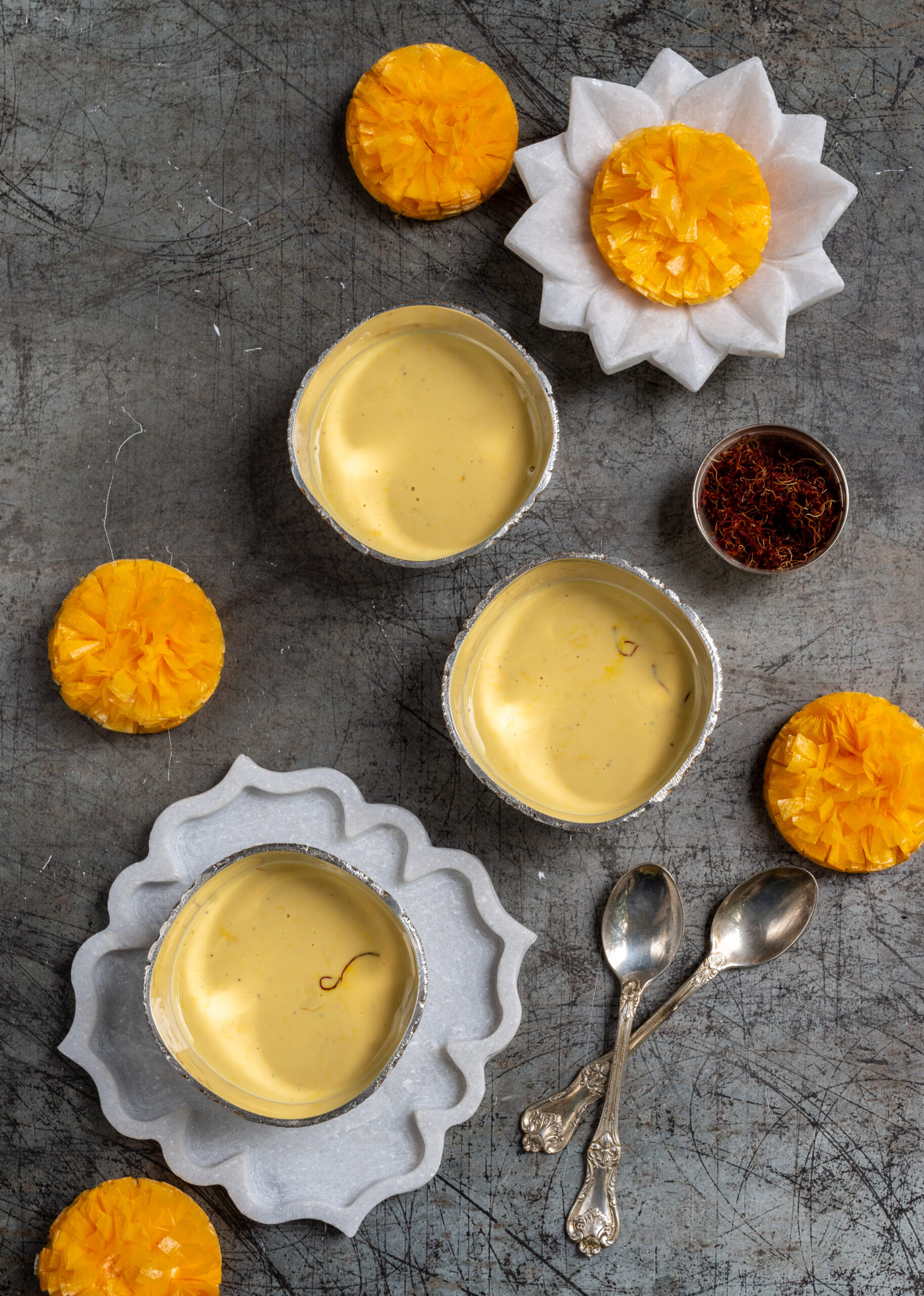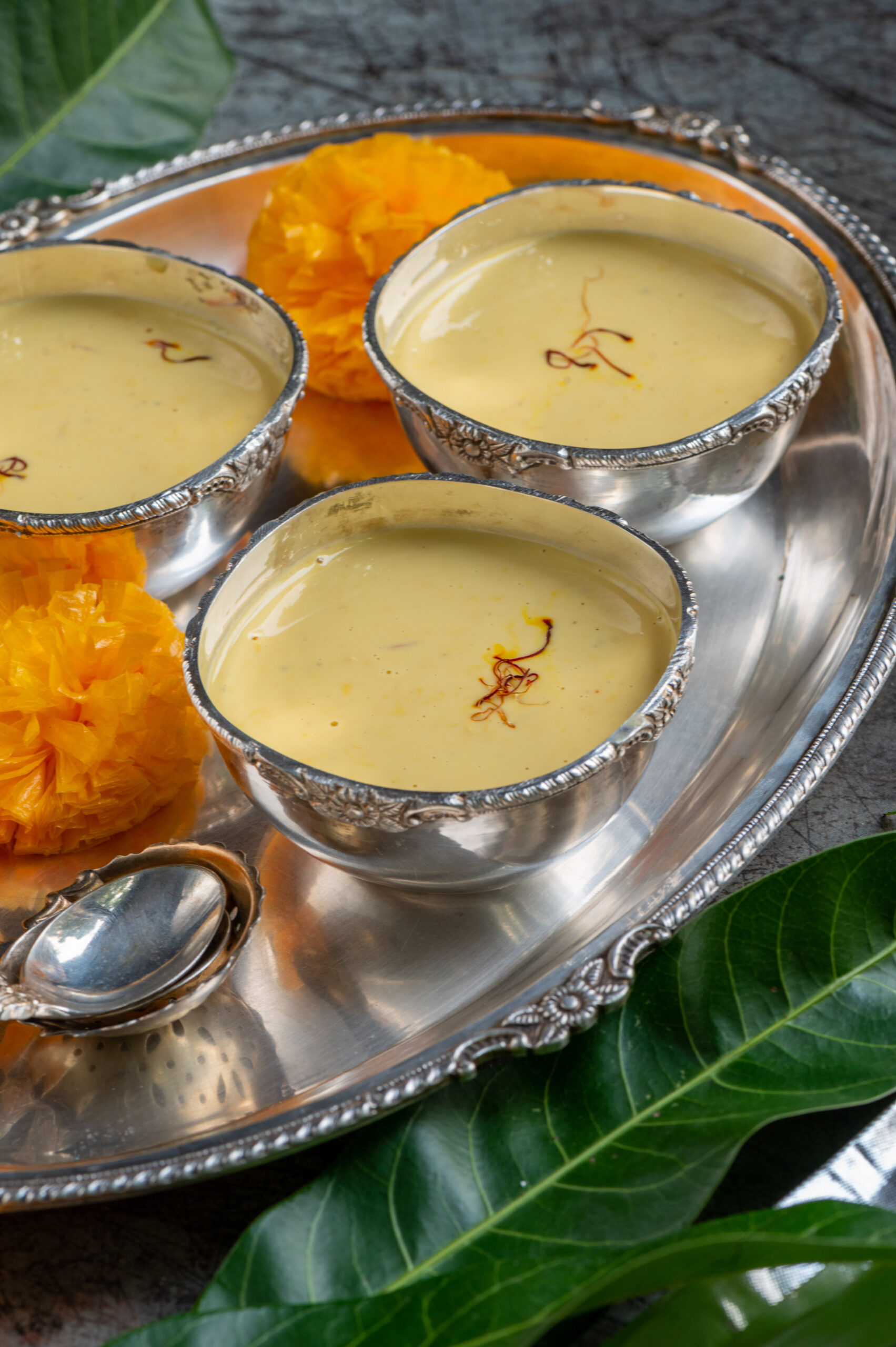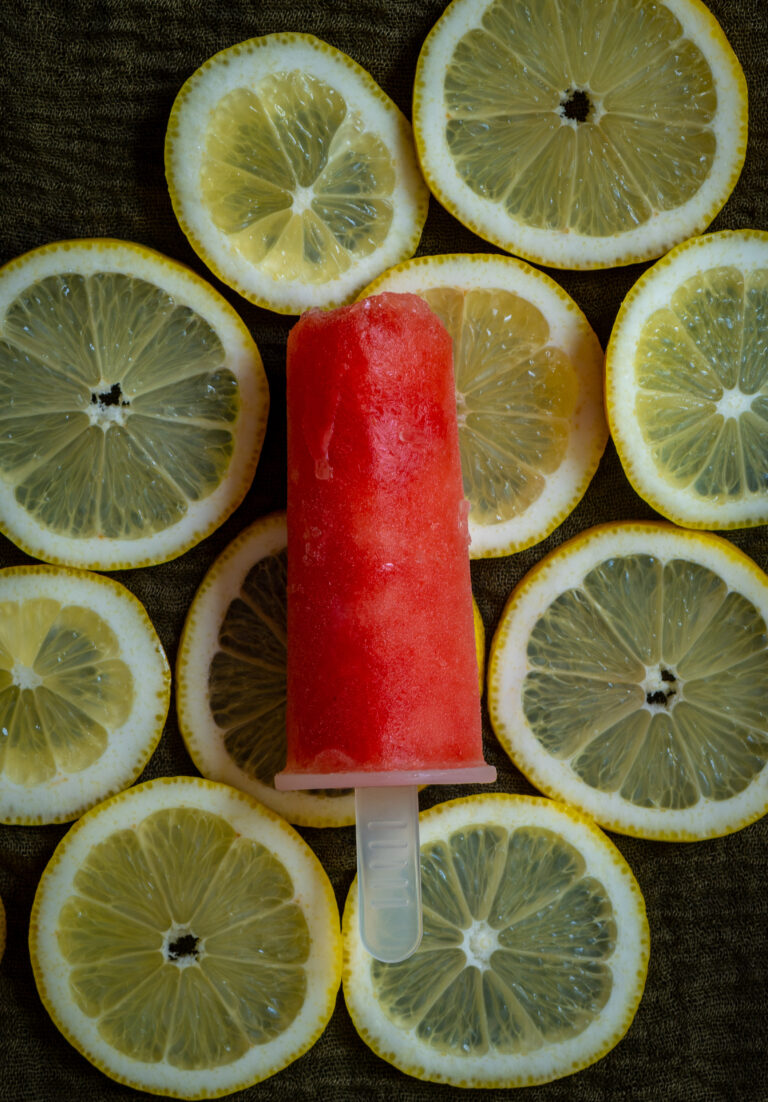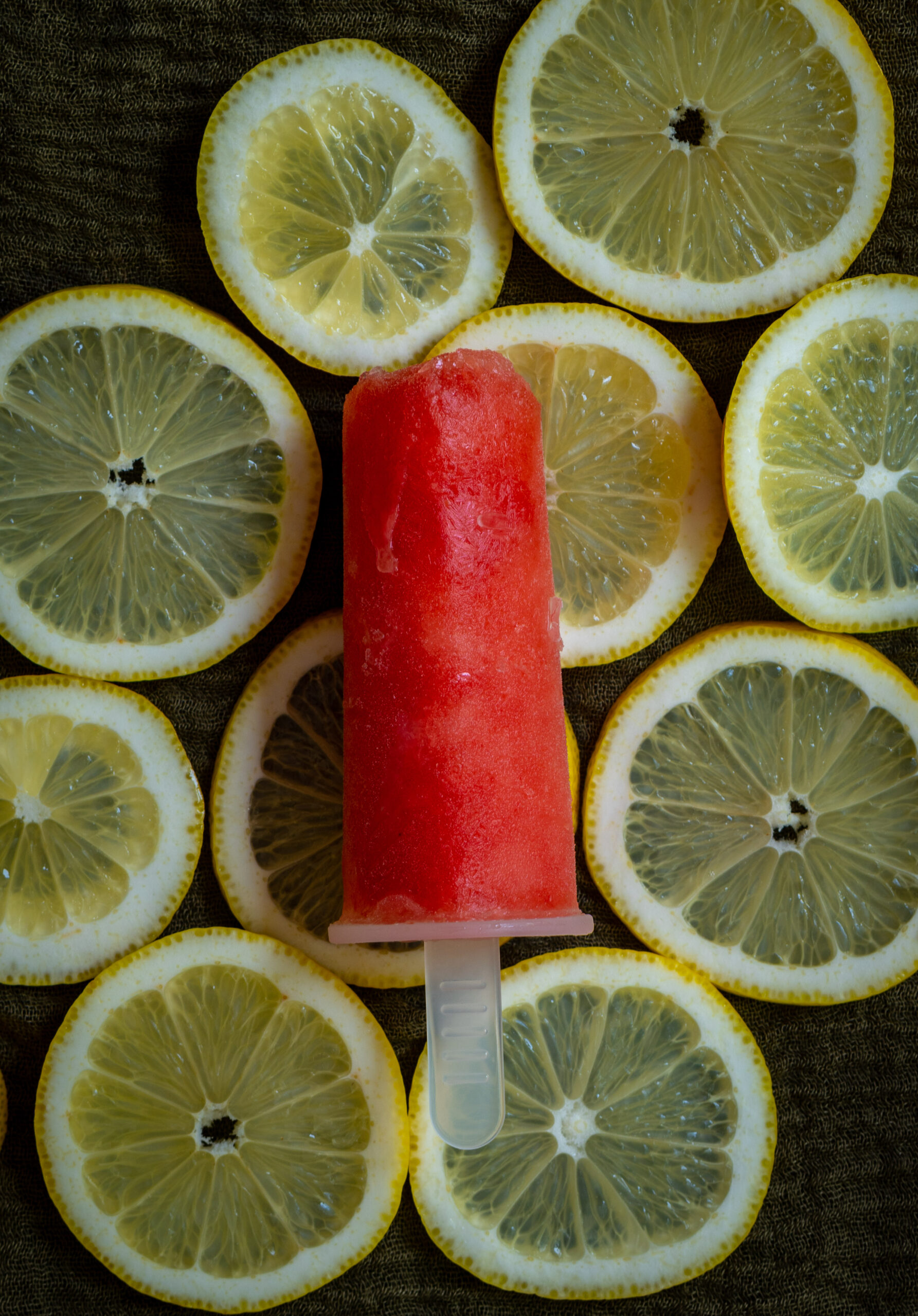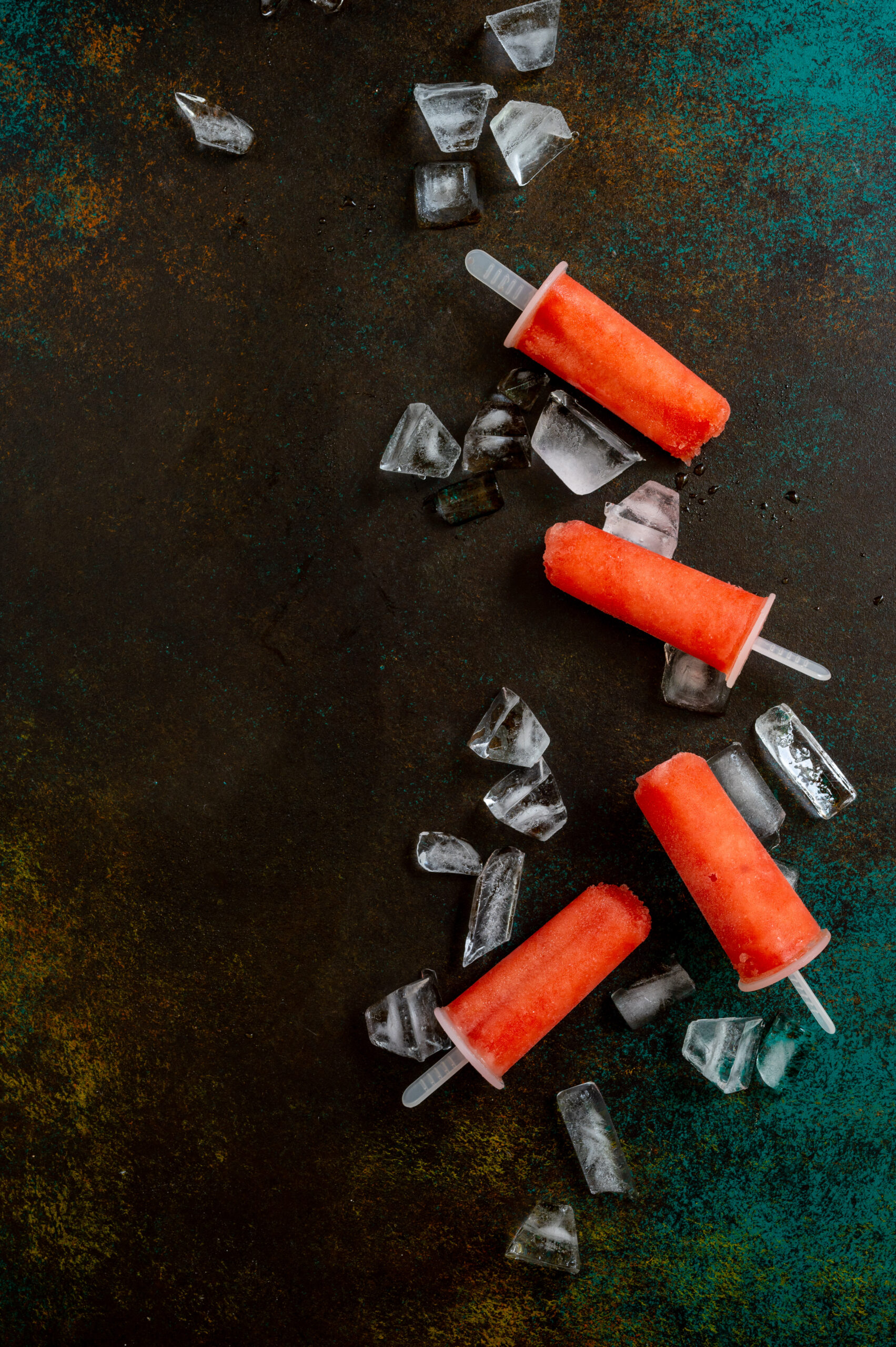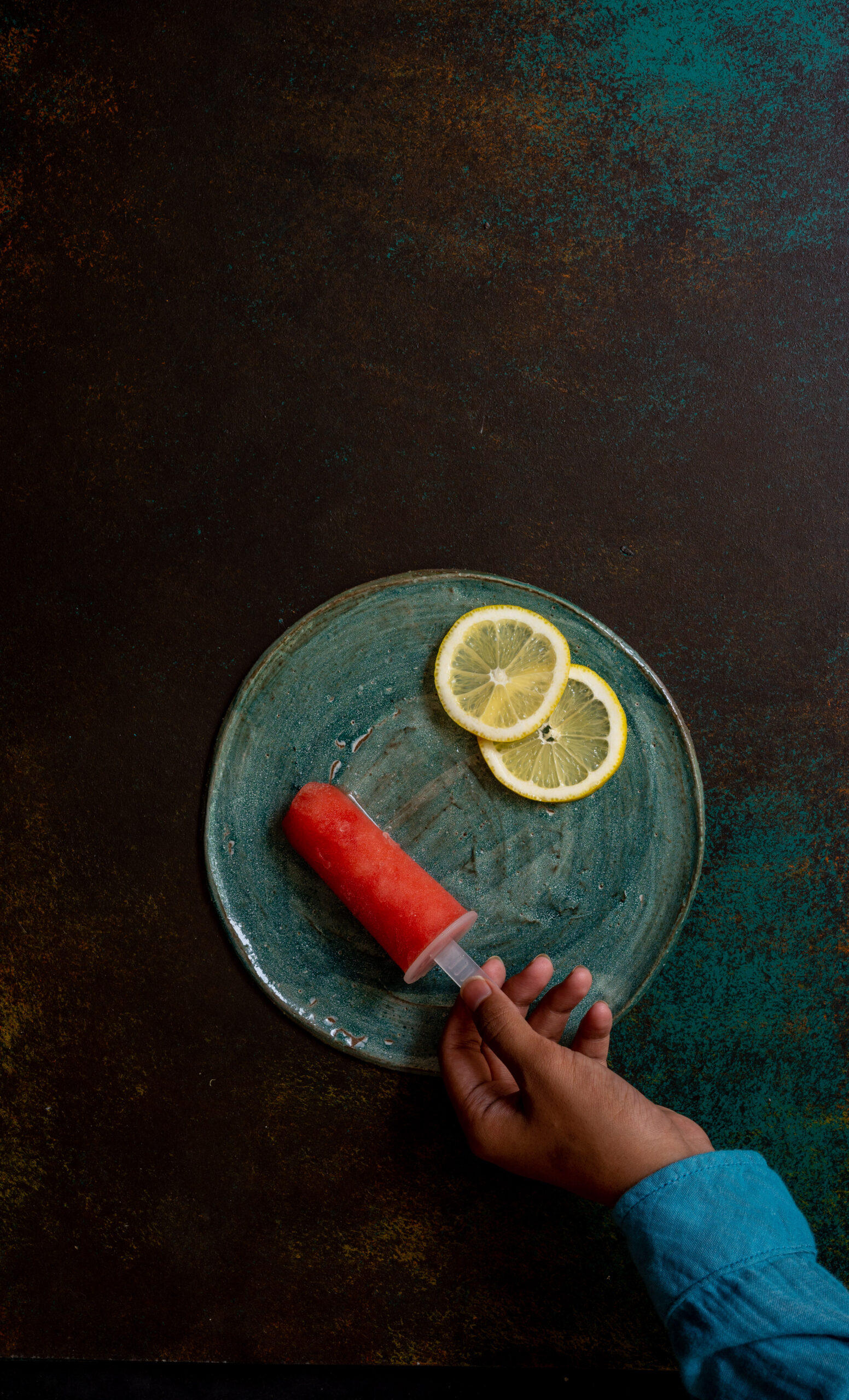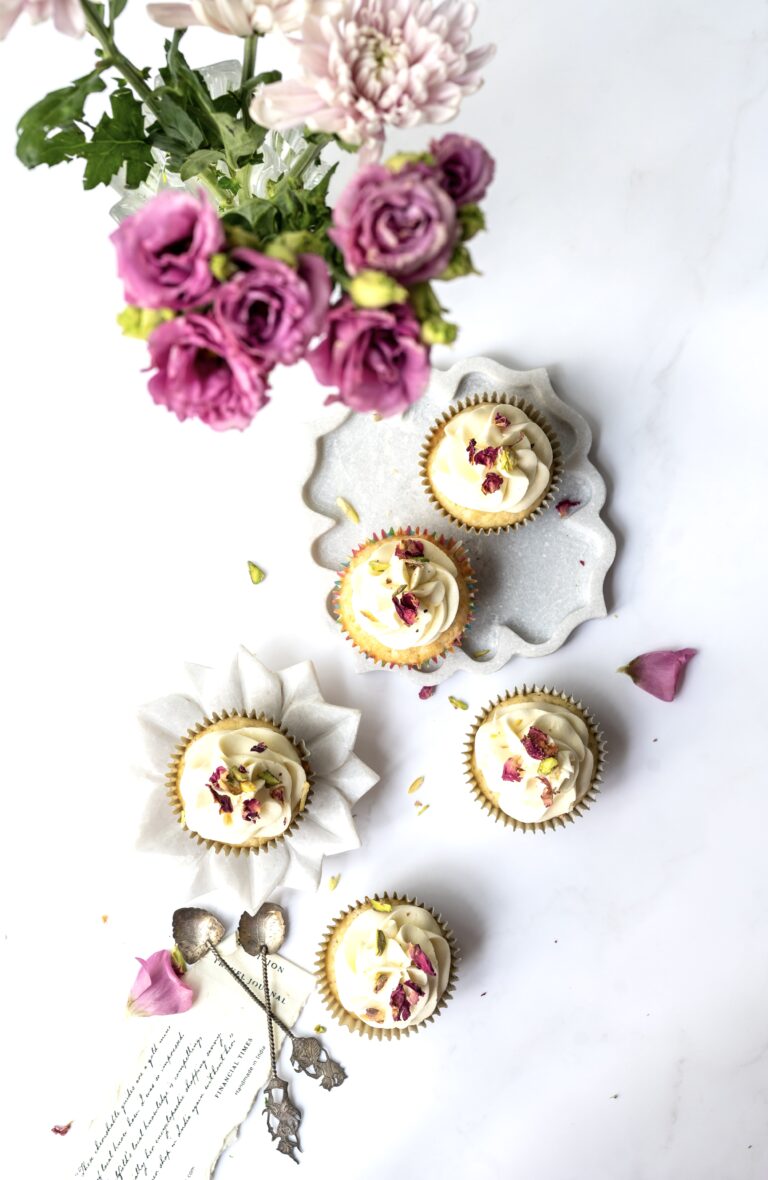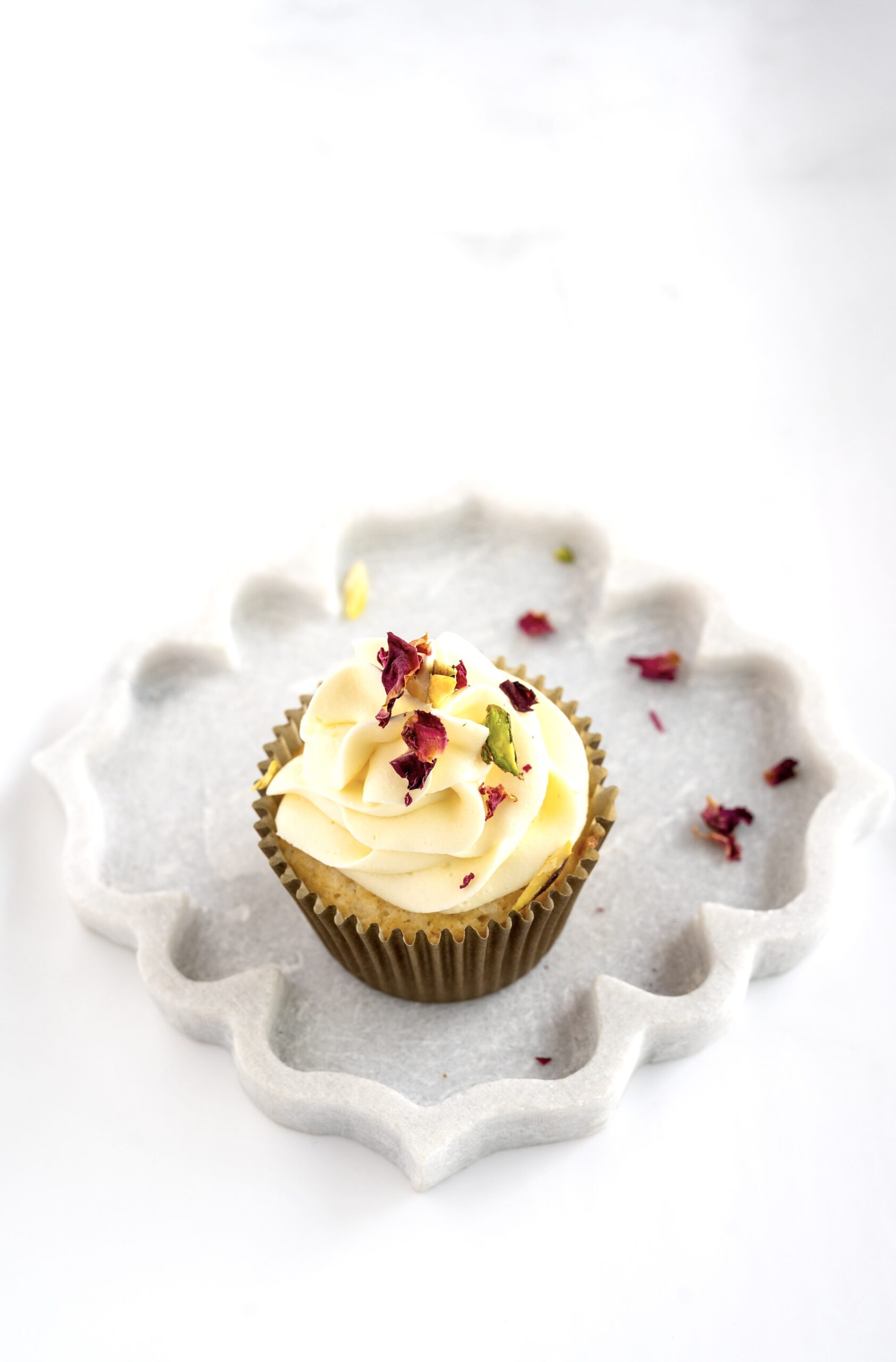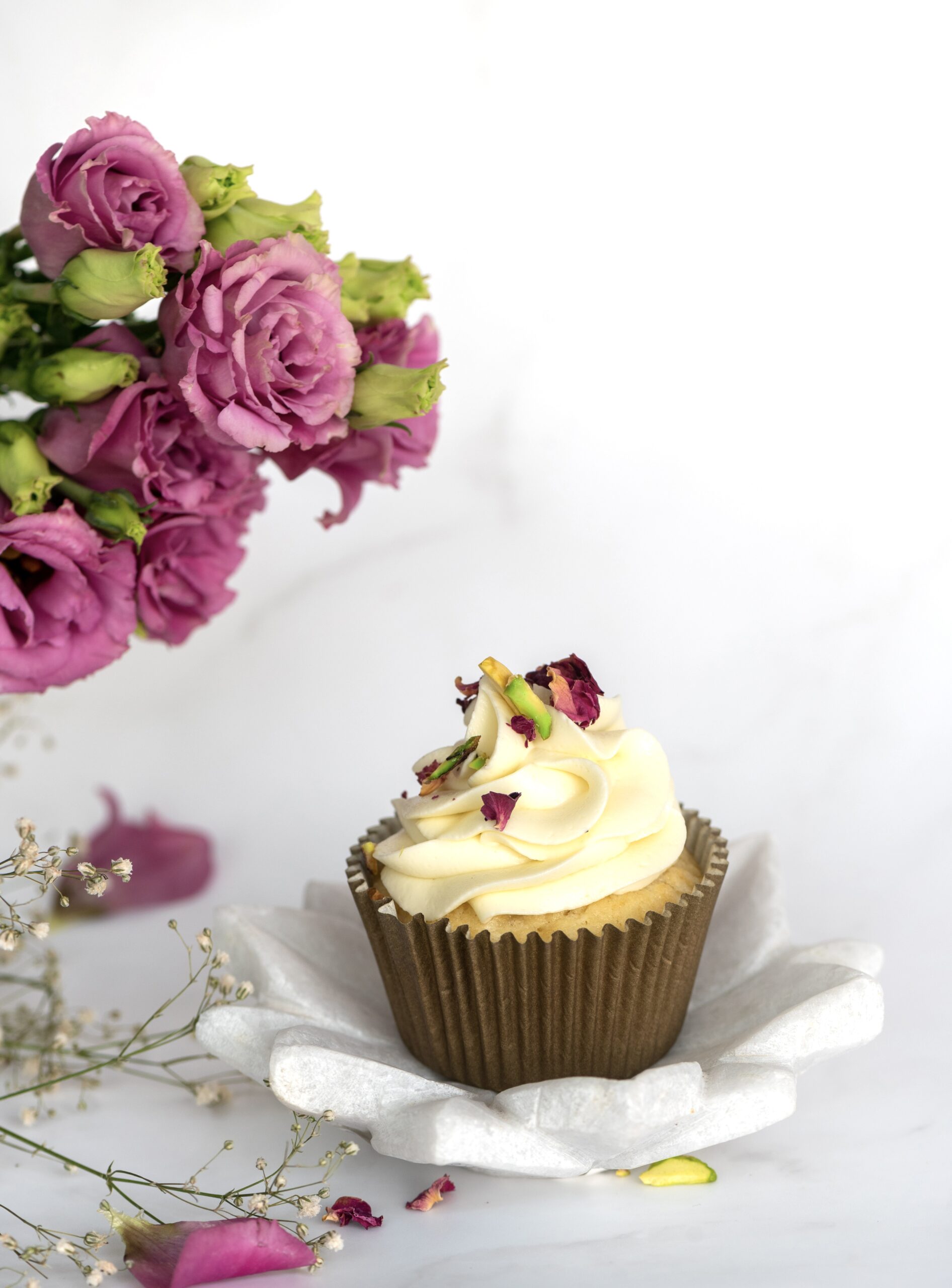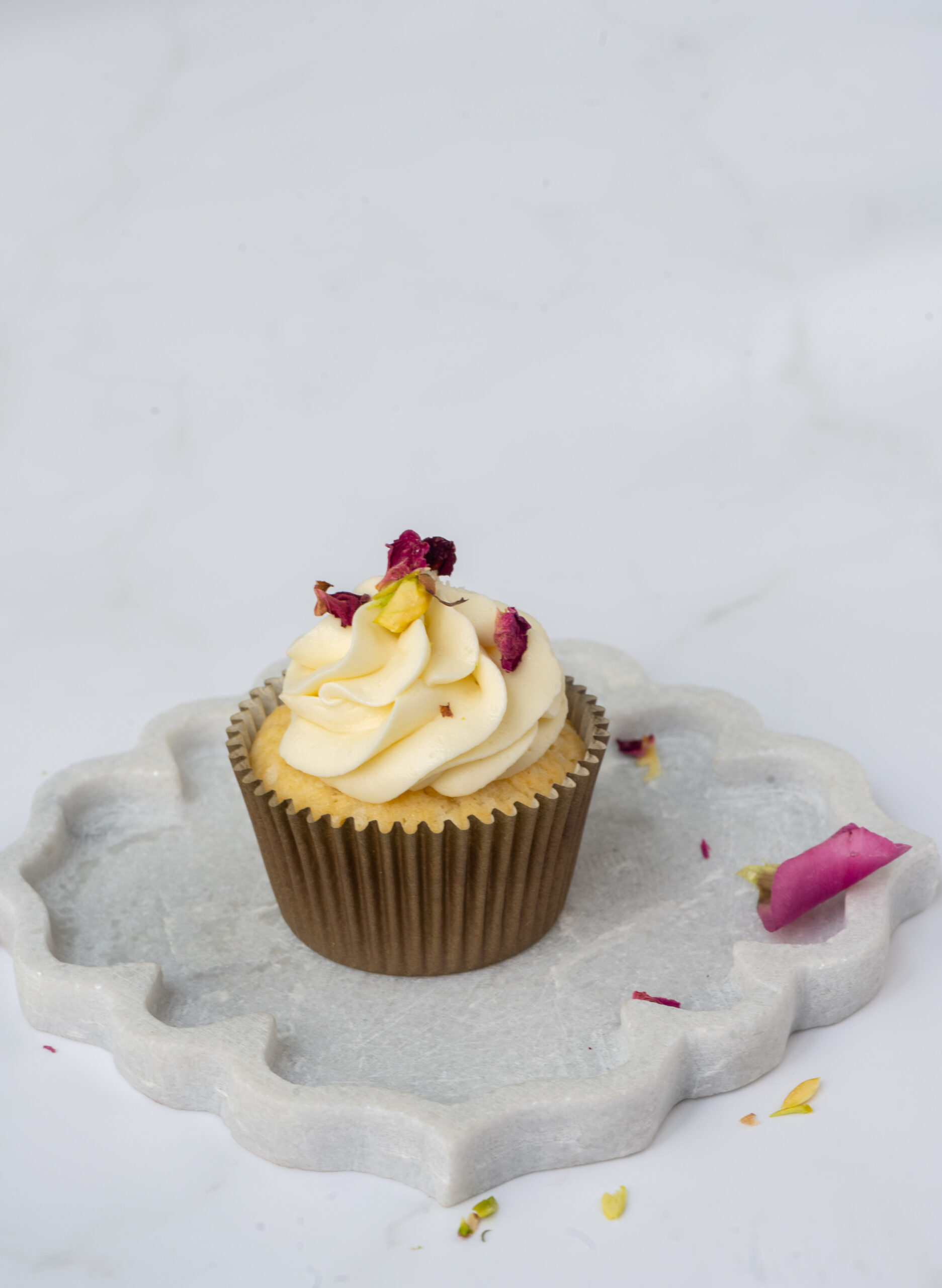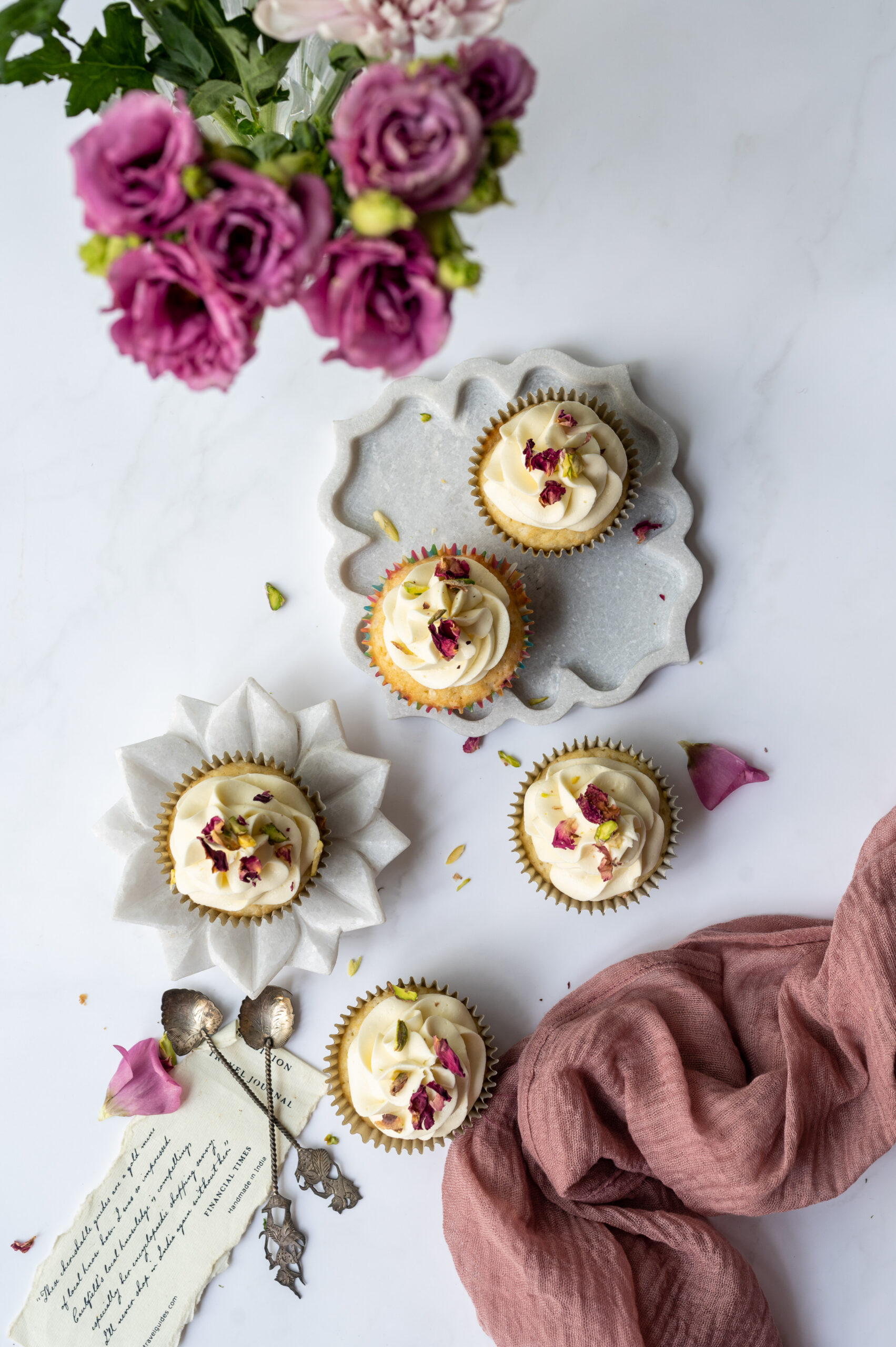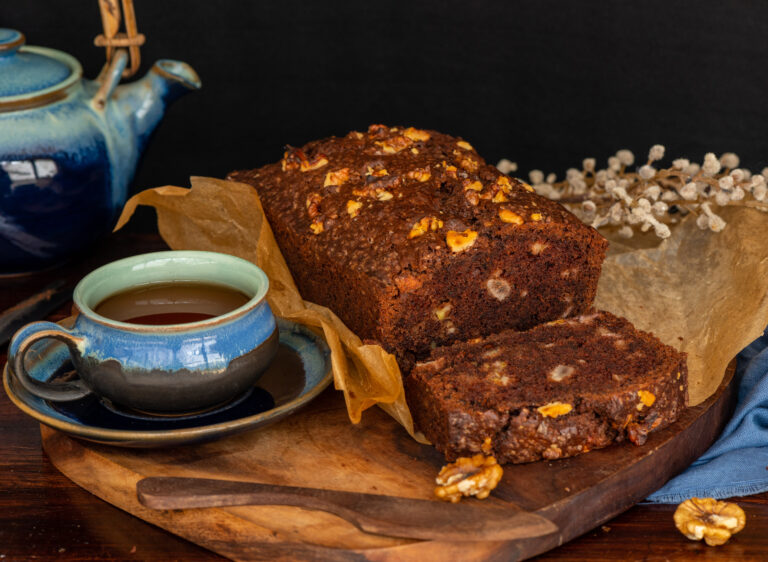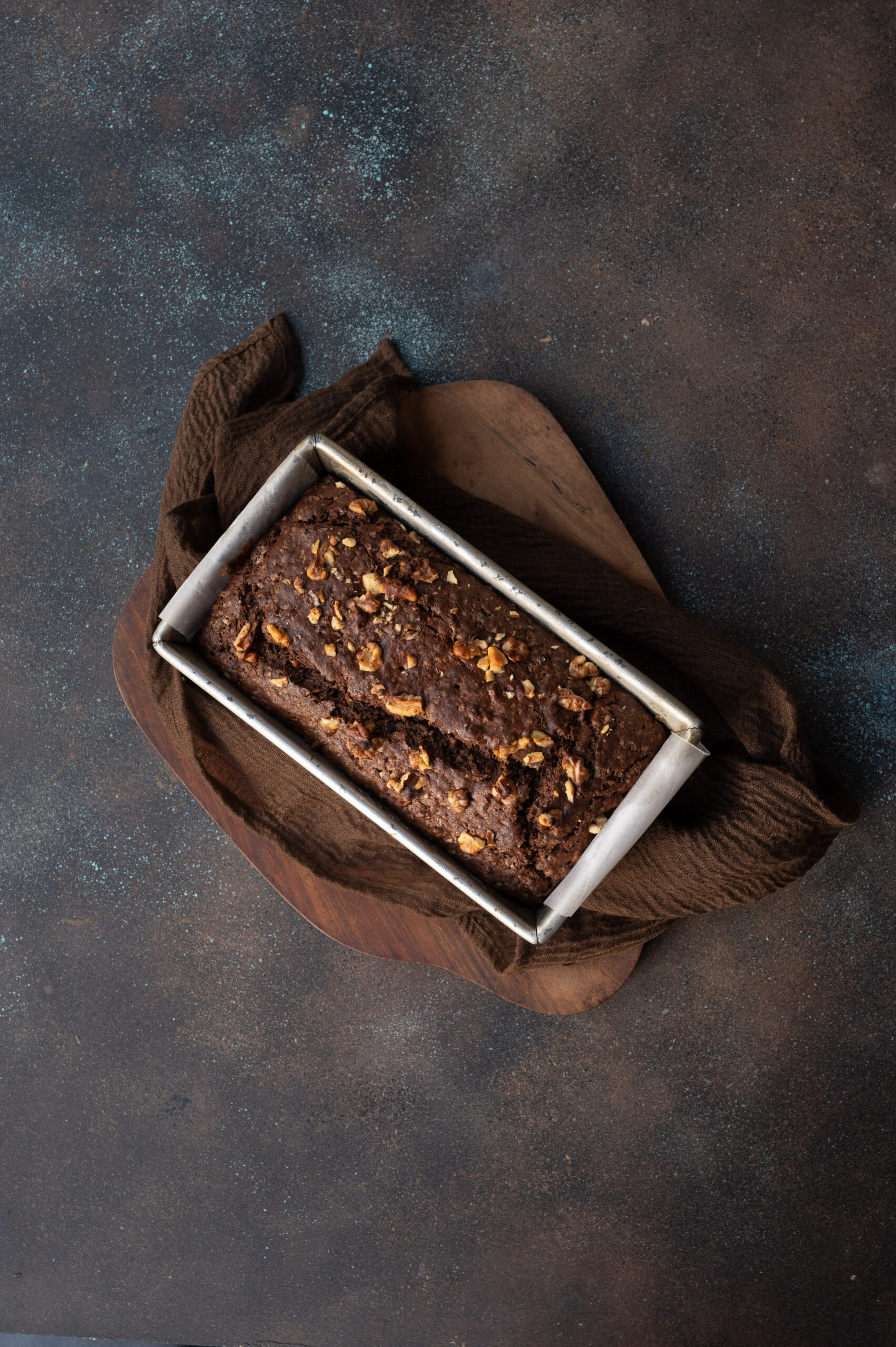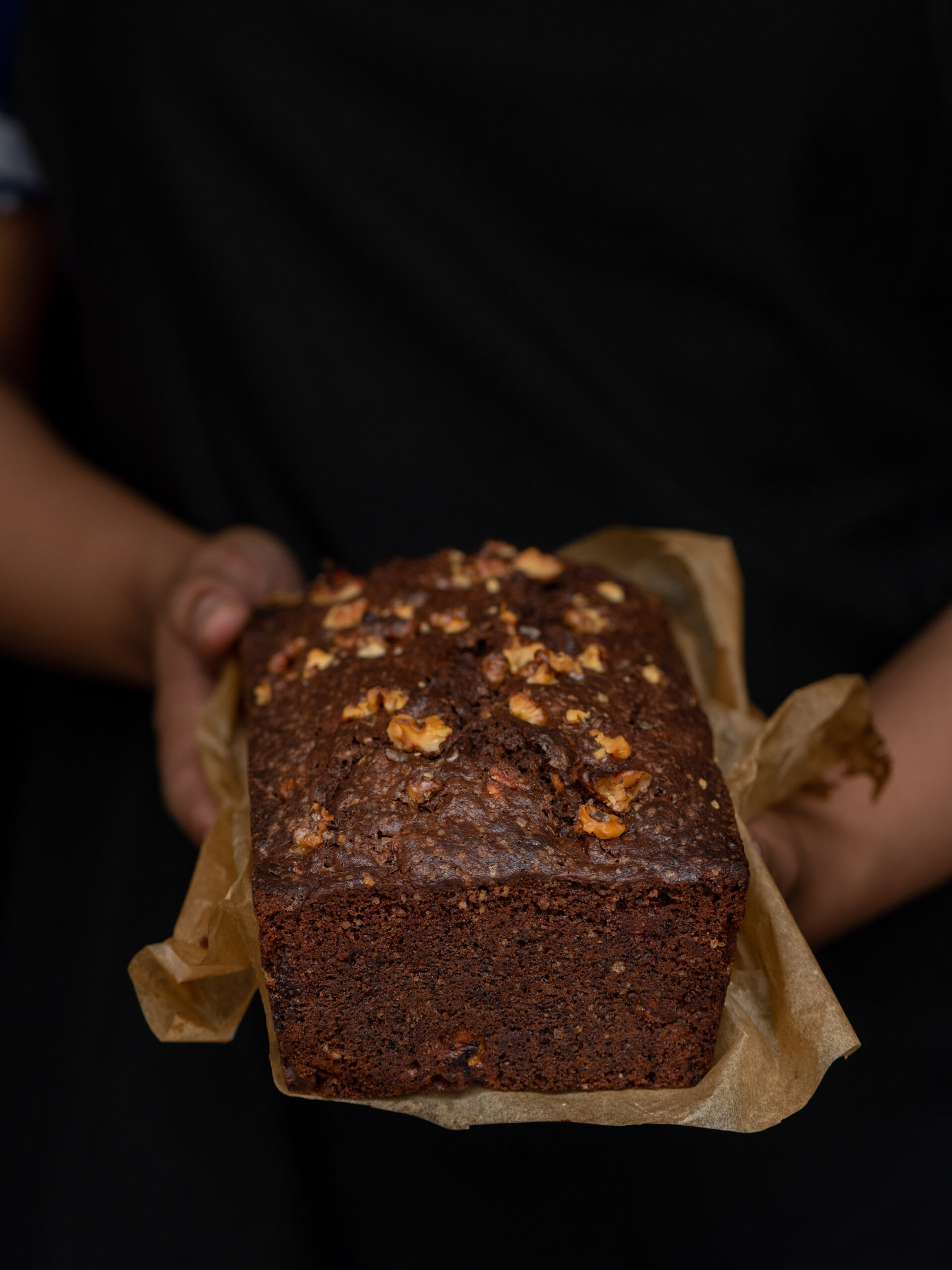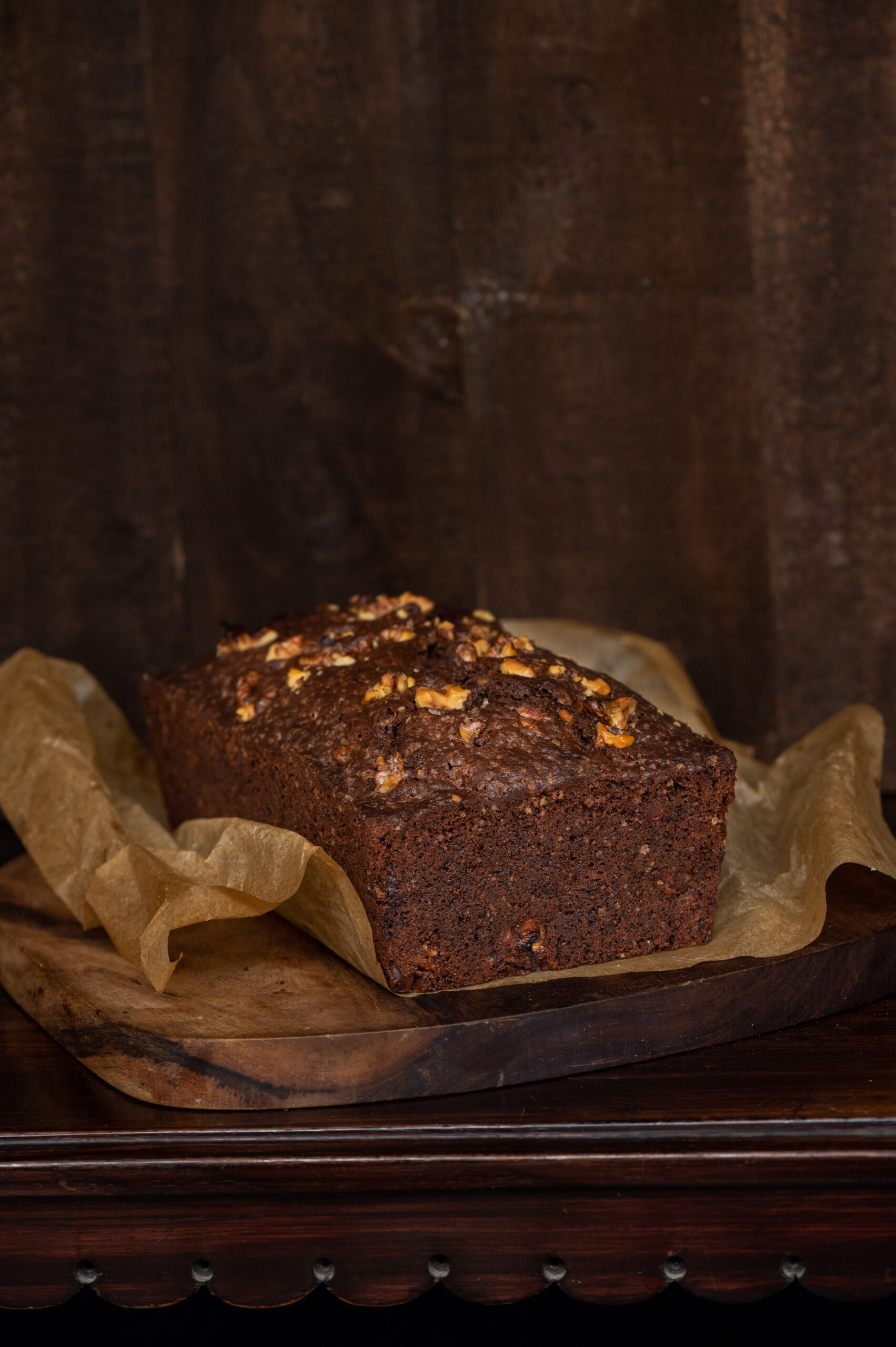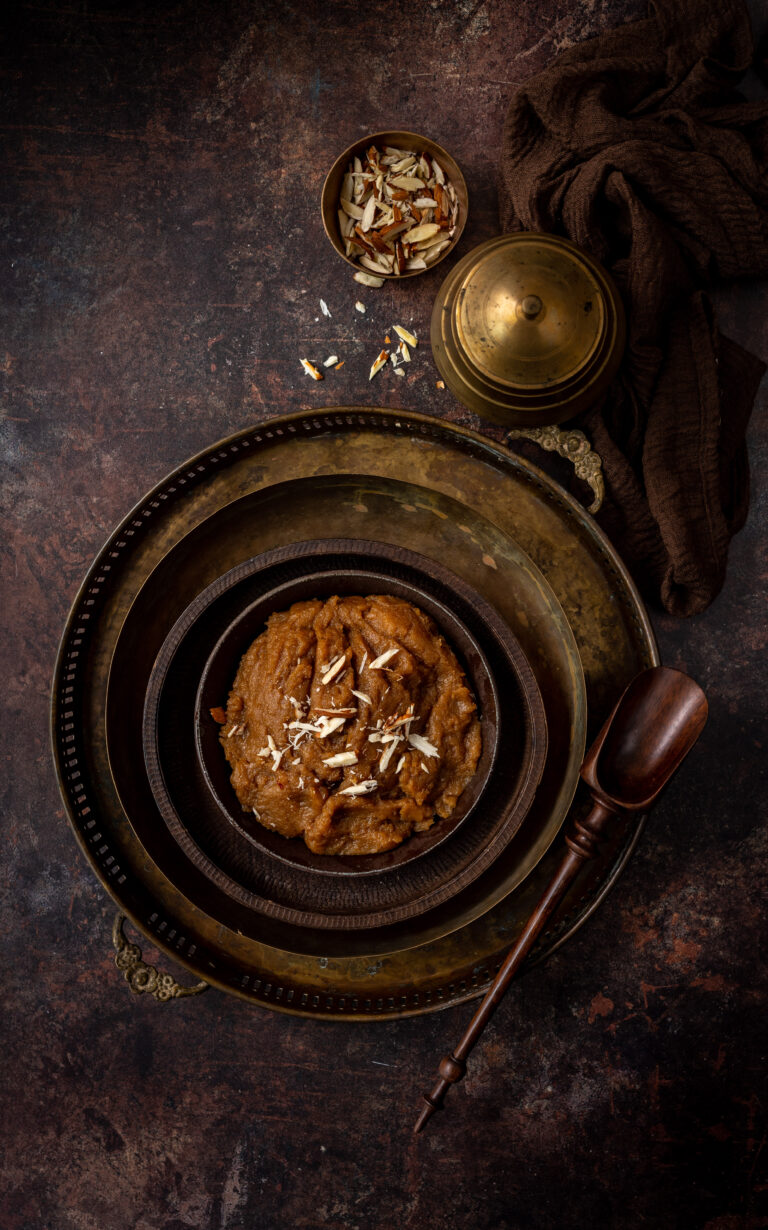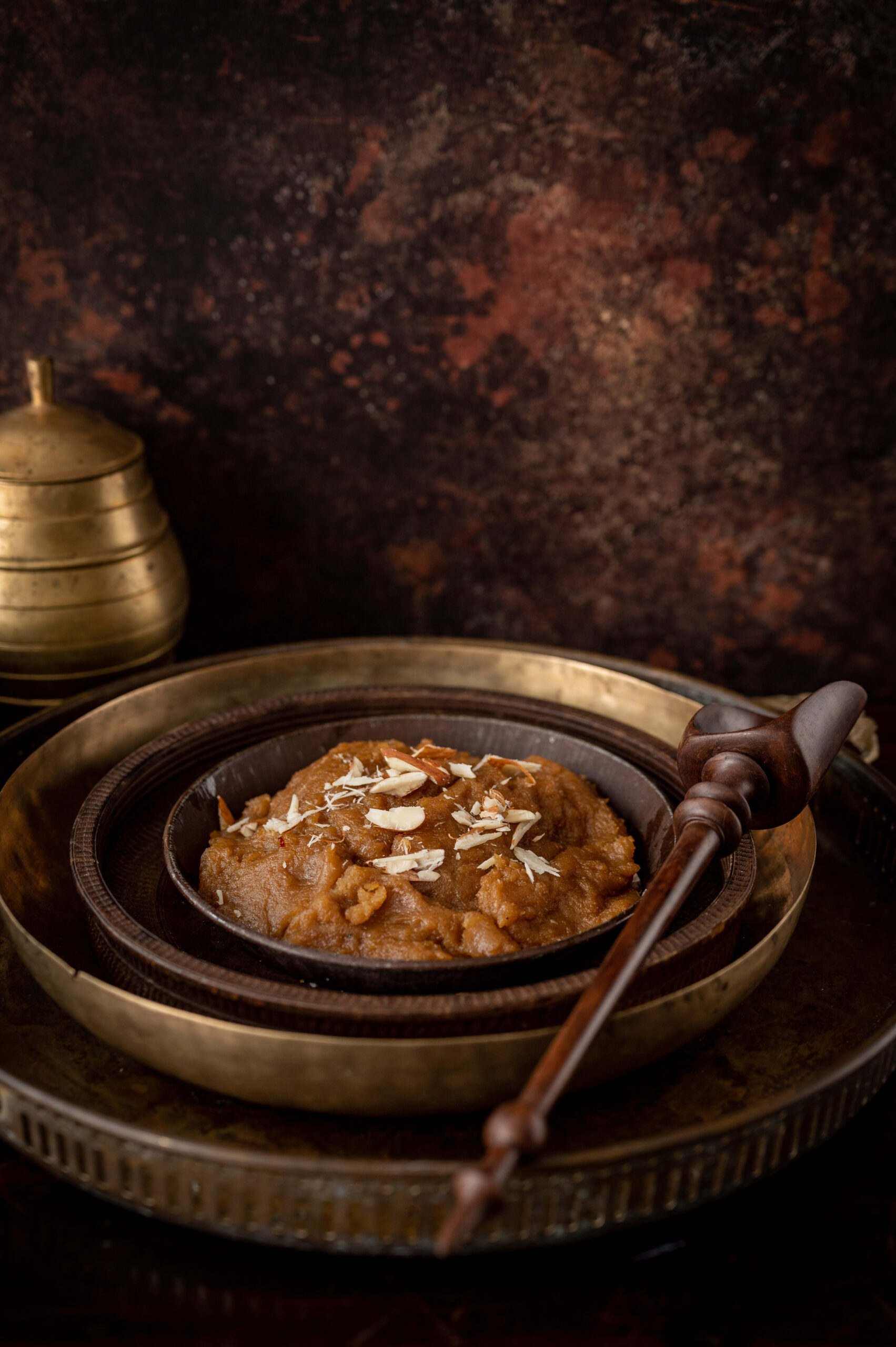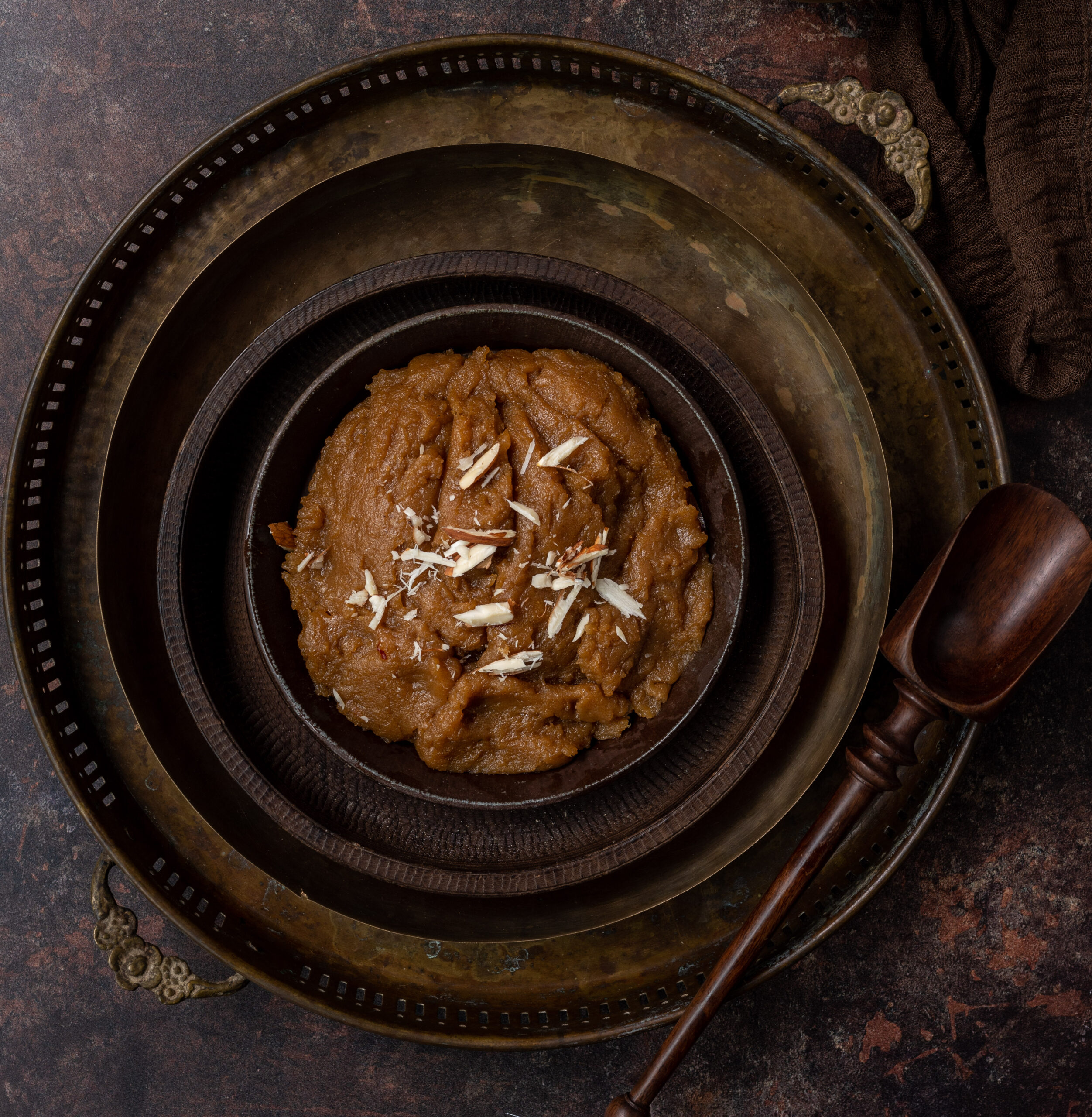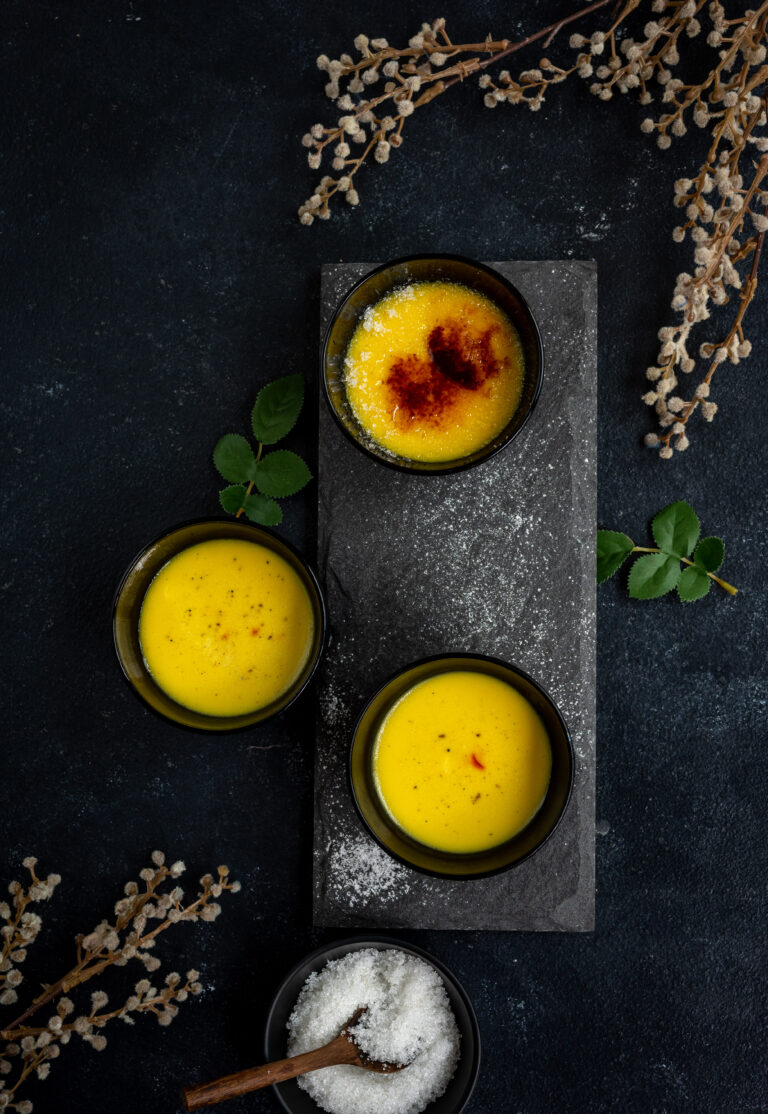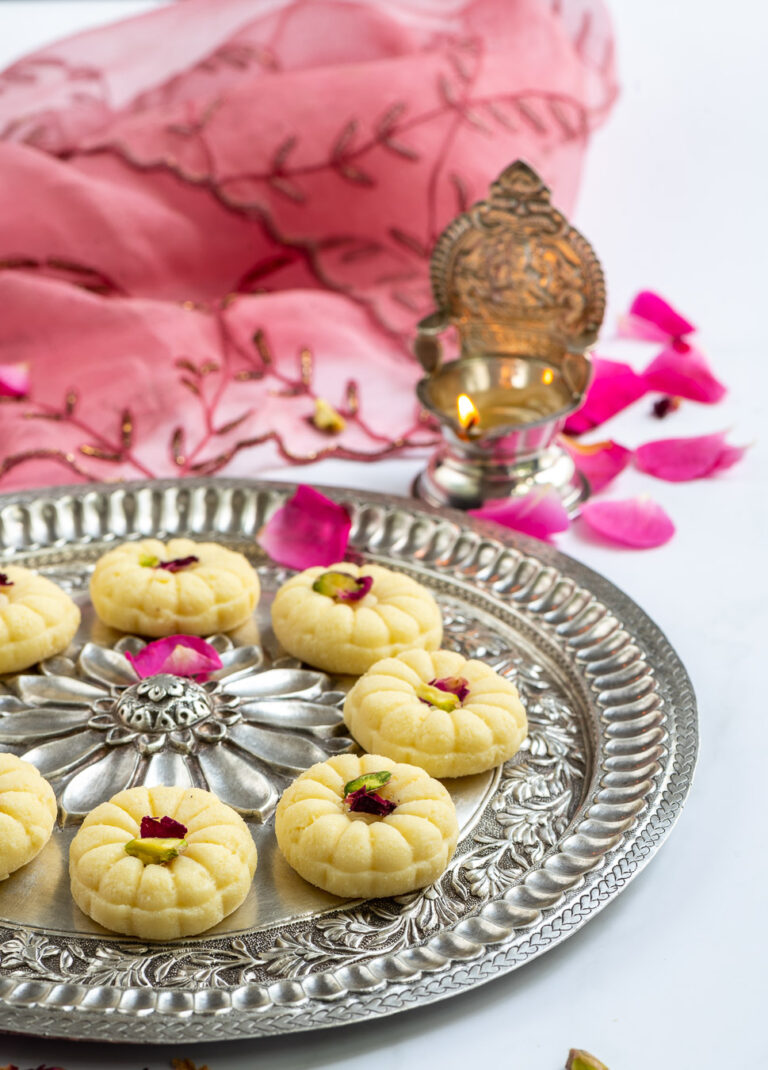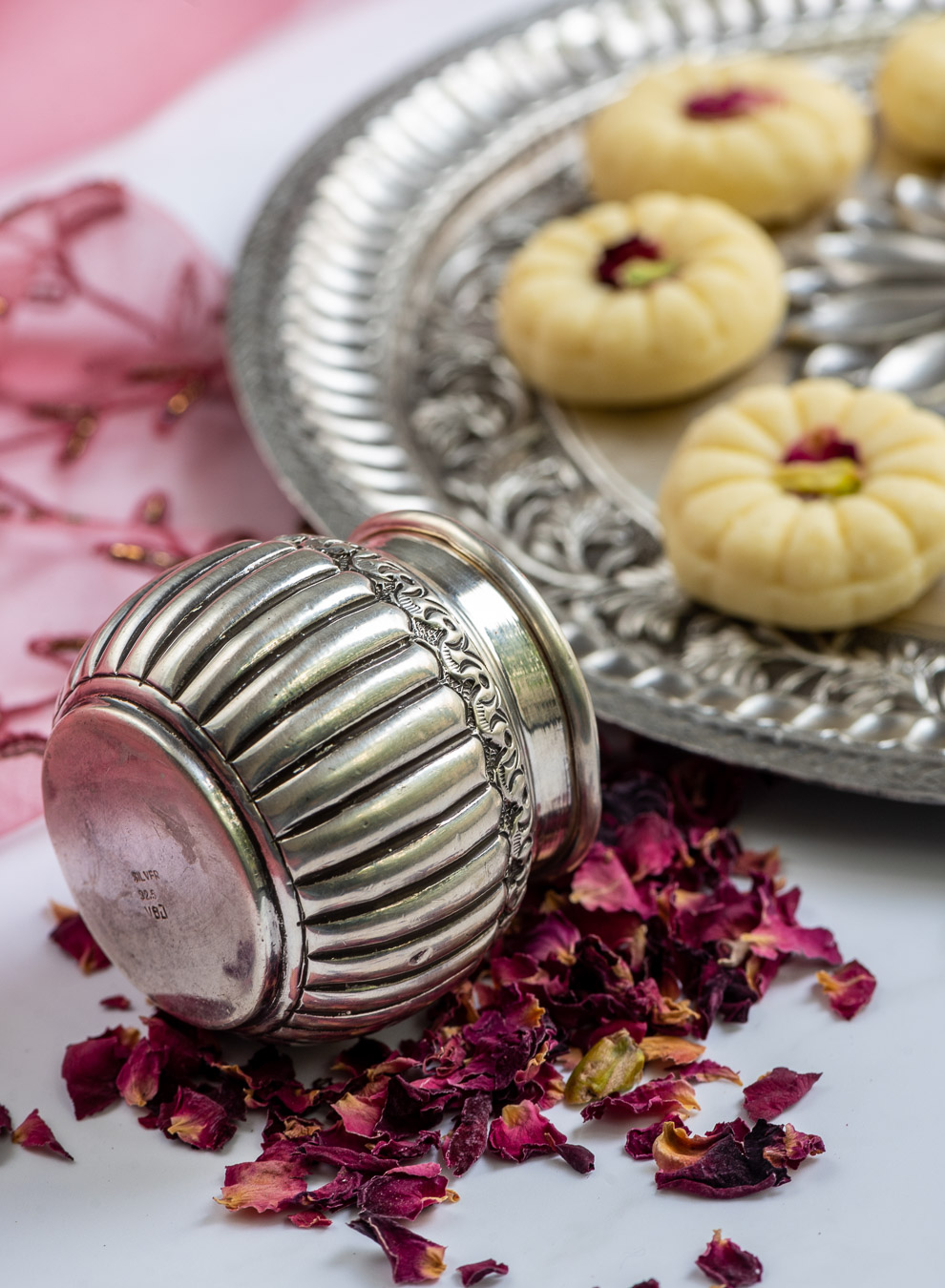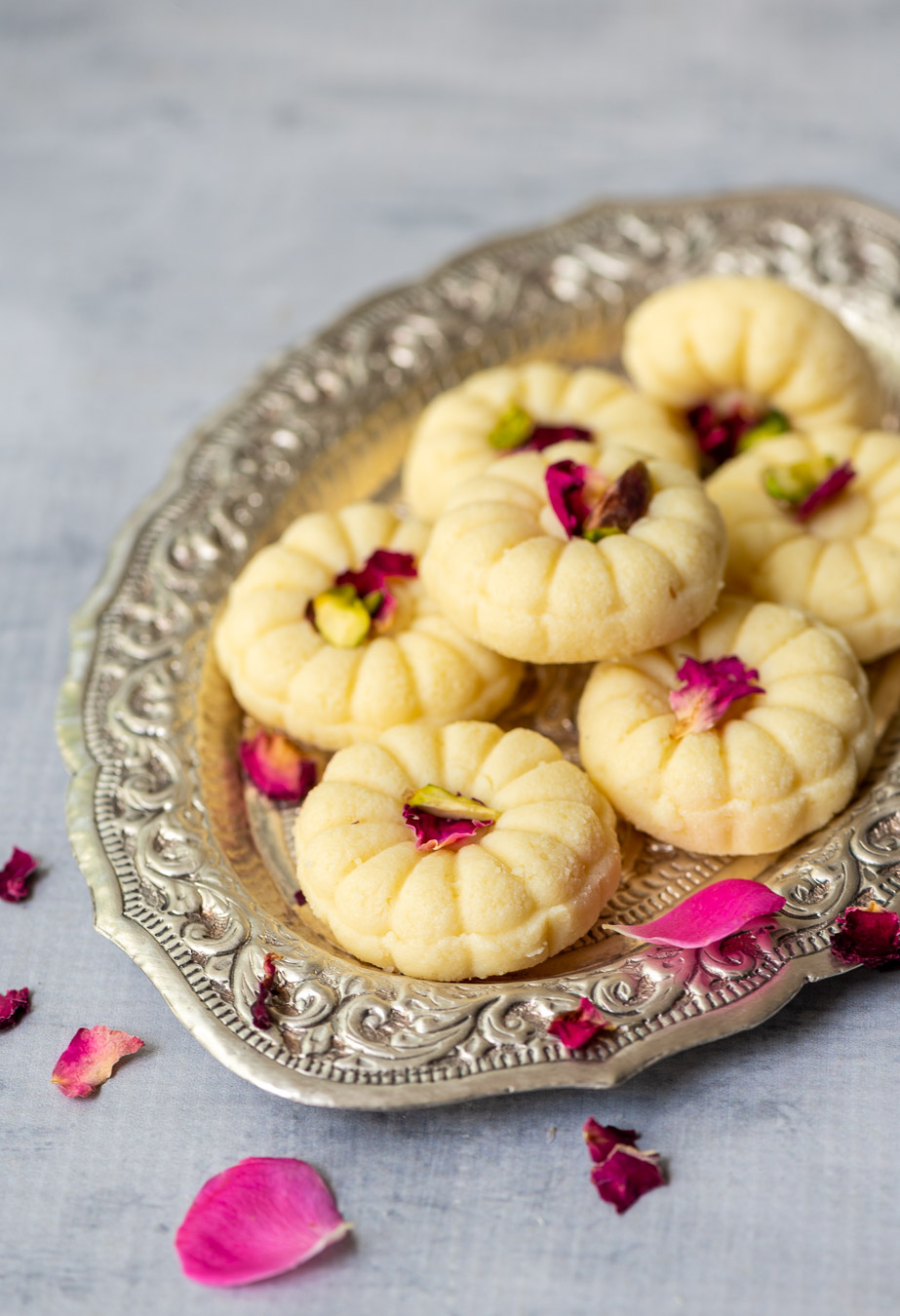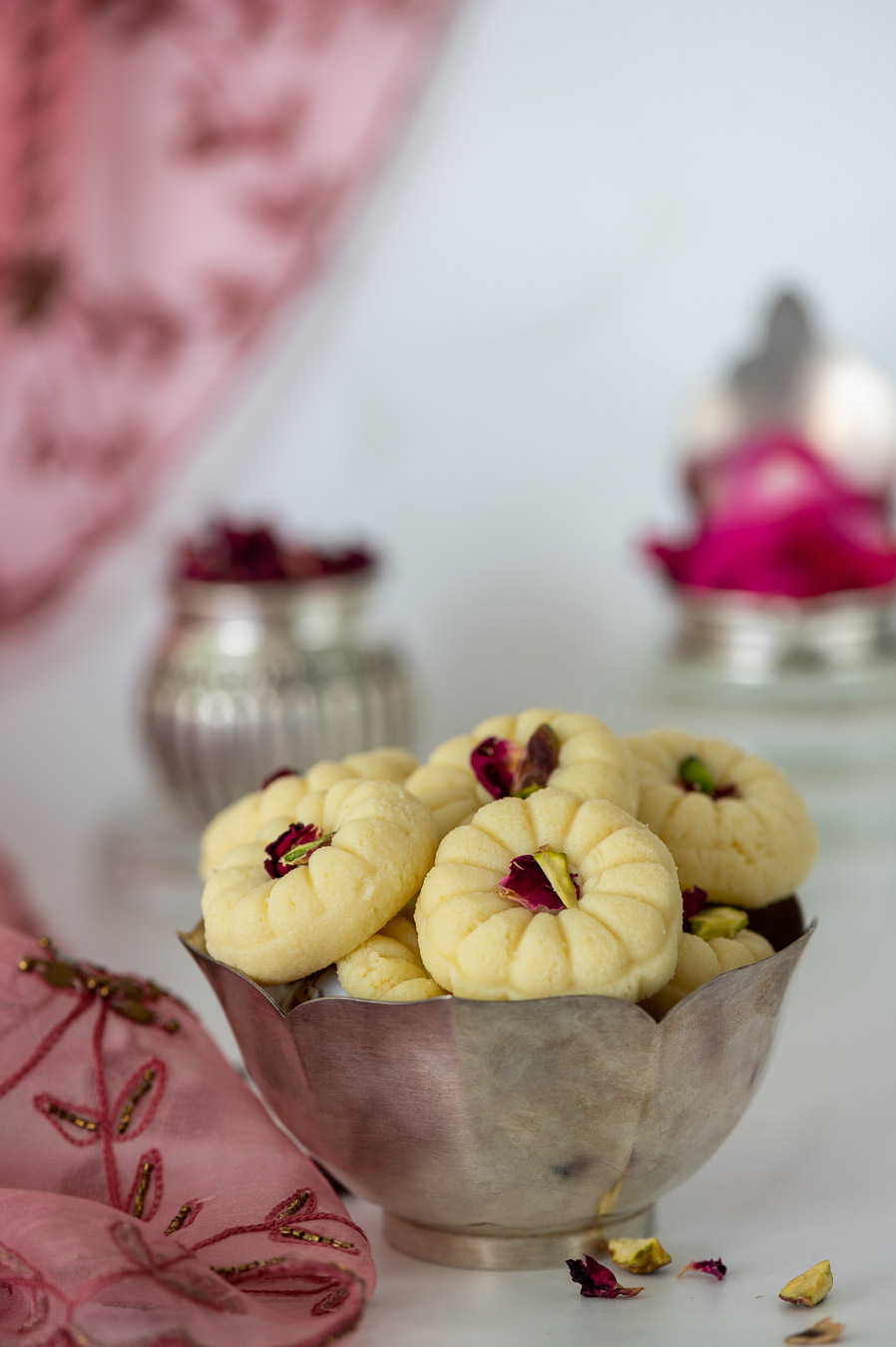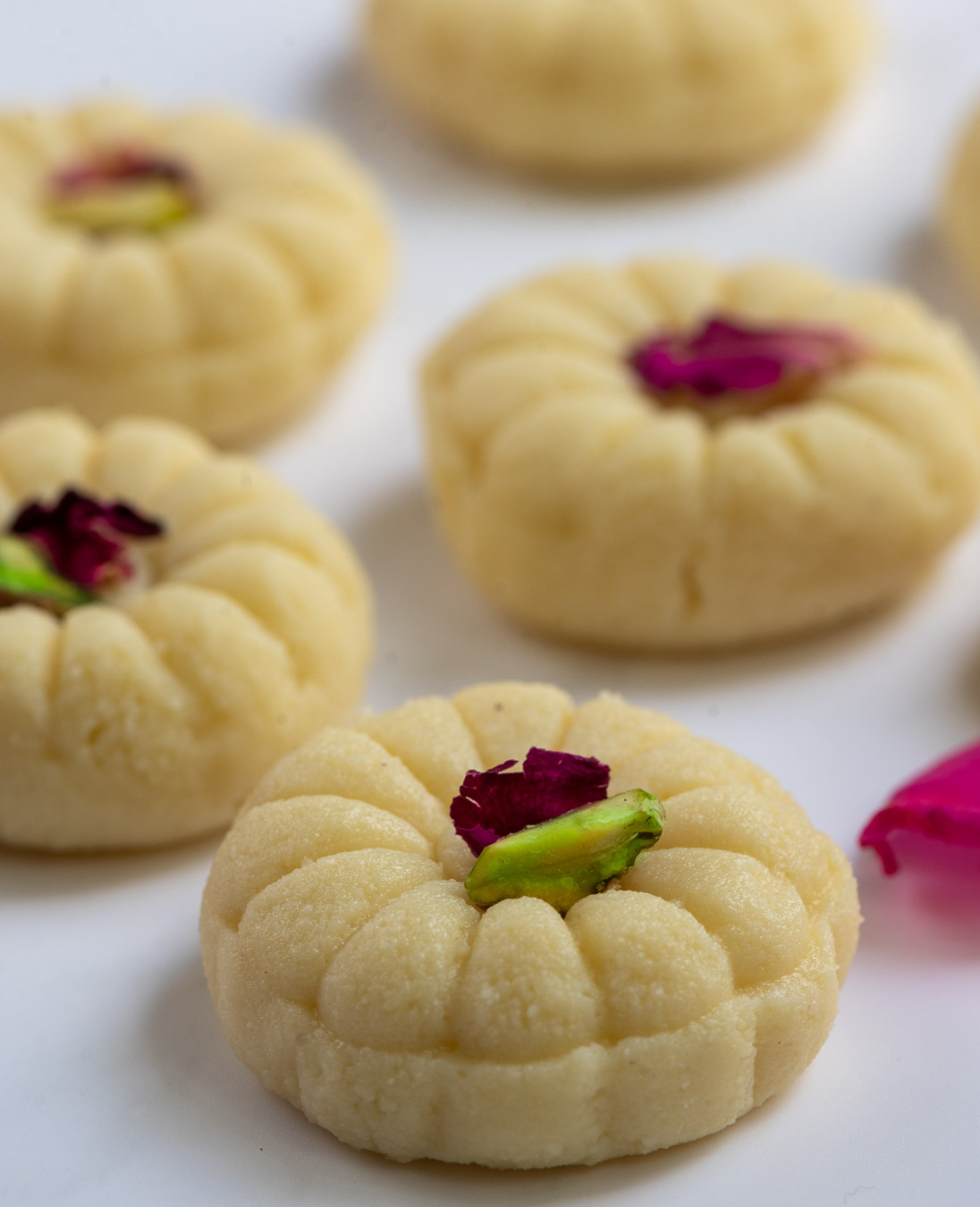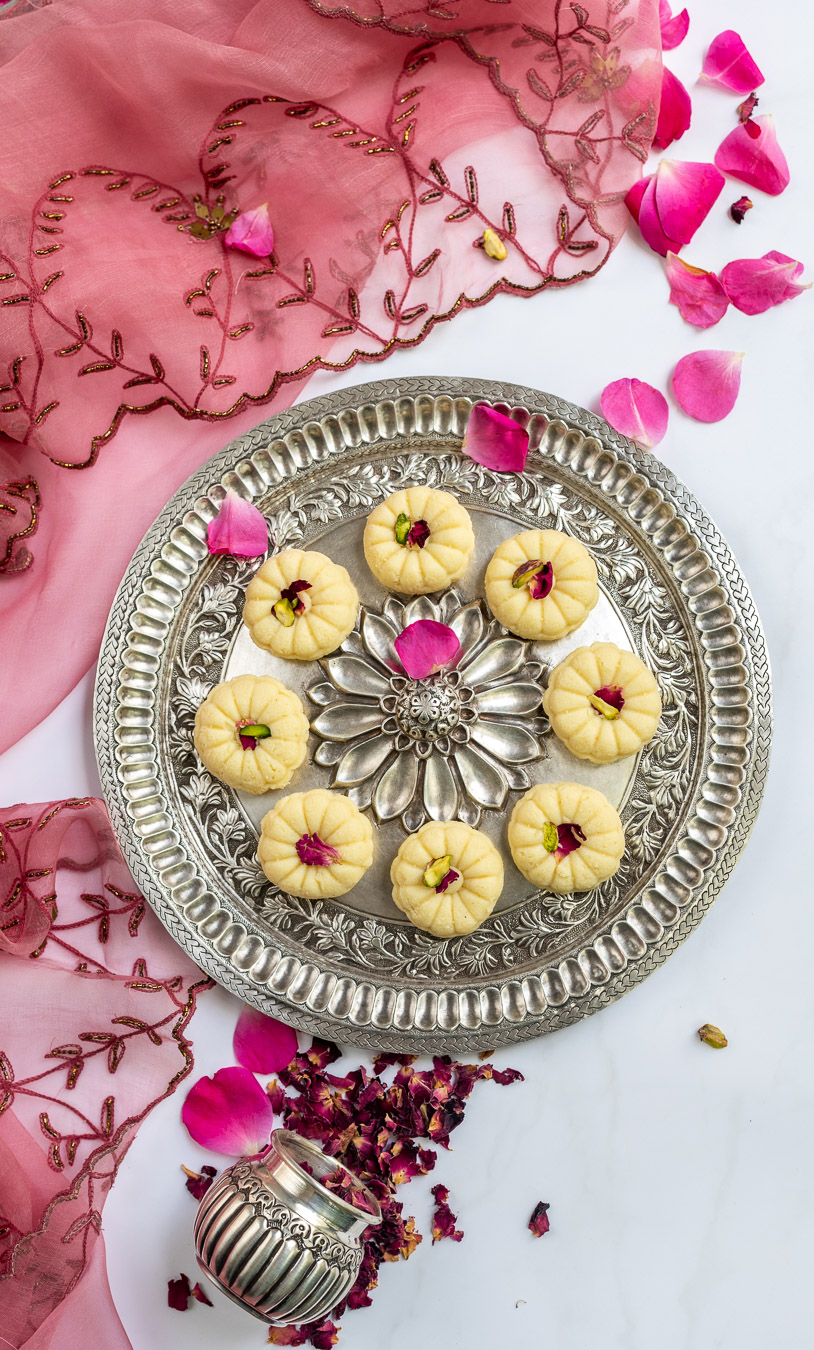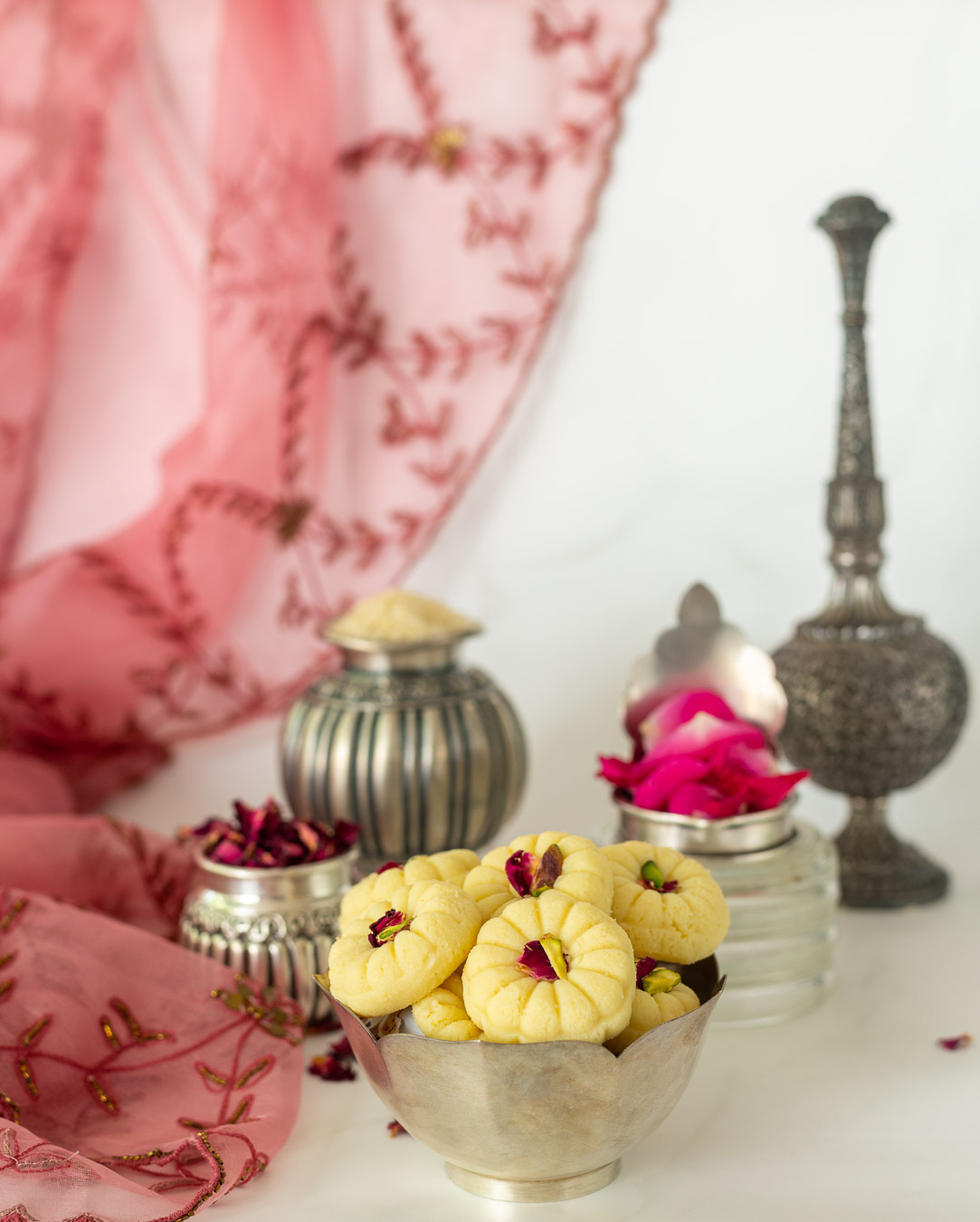My absolute, all-time favourite dessert in the world is crema catalana. Barcelona is one of my favourite cities in the world as well, and to me the idea of a perfect Spanish meal simply must end with a delectable bowl of crema catalana. I can’t quite make it here in India, but fortunately for me, the next best thing to crema catalana is easy to make, and requires only easy-to-source ingredients. That would be crème brûlée, and I’ve added a dash of a regional element to pep it up, which gives us this week’s recipe: saffron crème brûlée.
Crème brûlée originates in France, and as with many dishes that one didn’t grow up with, I had the impression that it was very complicated to prepare. I can assure you that this was a misconception. The method is quite easy, the ingredients are basic, and you can make parts of it ahead of time, which also considerably speeds up the process. The original crema catalana is similar in all regards, except that it uses something we don’t get in India, an ingredient called farina (which looks like wheat rava).
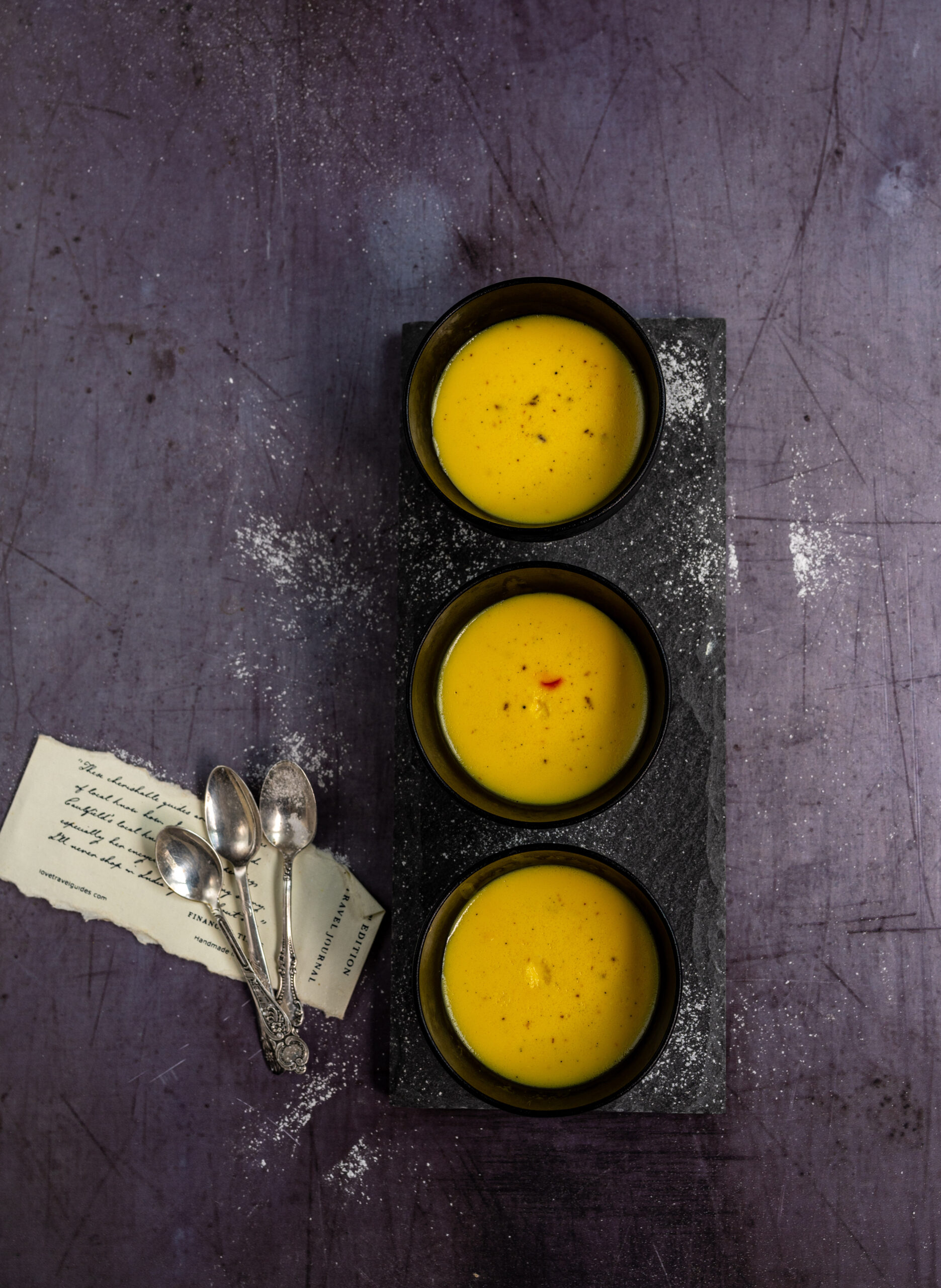
I’m nostalgic for my travels at this time of year, and I love journeying through my tastebuds. So I thank you for joining me as I head back to Europe in my imagination! As I prepare this dessert, my mind lingers over happy memories of waking up in the mornings to go for a walk around the neighbourhood, finding a crowded café (a clue: if it’s popular with the locals, it must be good) where I would sit and people-watch over fresh, authentic coffee and pastries. This would be the same whether I was in Venice, in Santiago de Compostela or somewhere else.
If I was in Barcelona, this lovely day would later culminate with going out to dinner with friends. How I miss ordering a starter of deep-fried Padrón peppers sprinkled with rock salt, followed by delicious patatas bravas and saving the best for last with a tiny, well-presented portion of crema catalana! I love that culture and even tried to learn Spanish at one point. While studying the language didn’t go so far, I have had better luck with exploring and replicating European cuisines in my own kitchen. To be candid with you, I’ve never had a good crème brûlée in Chennai, which is one of the reasons why I tried my hand at it. So without further ado, here is my recipe, so that you can do so too!
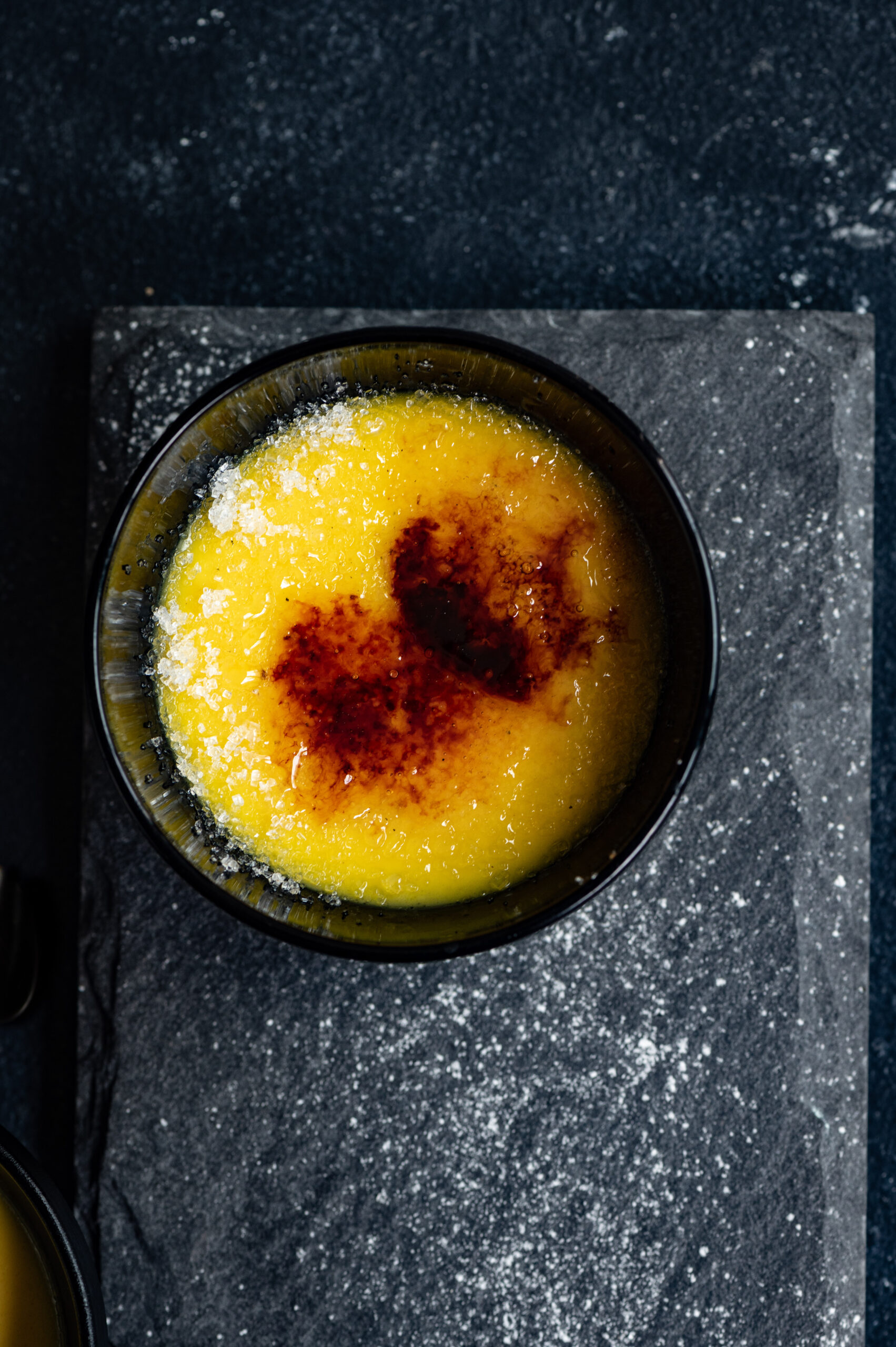
Saffron Crème Brûlée
4 egg yolks
2 cups heavy cream
¼ cup sugar + 4 tablespoons
¼ teaspoon salt
2 pinches of saffron
Topping
2 teaspoons white sugar
1 teaspoon brown sugar
There are four parts to this method: preparing the custard, preparing the egg yolks, baking and then brûléeing. If you’re familiar with baking, you’ll find this method to be easy to follow. If you’re new to baking, keep in mind that the secret is in following the recipe to a tee.
Before we begin, here are a few more tips:
- There are two key elements to a good crème brûlée: being mindful while adding the yolks to the custard and maintaining a continuous whisk, and baking only up to the correct moment so that the different textures of the dish are maintained.
- Ovens vary and temperatures vary. I was literally sitting in front of mine with my eyes peeled, so that I would know exactly when to switch it off.
- You can prepare the custard a couple of days ahead, then bake it and stick it back in the fridge, and then do the brûléeing just before you serve it. If you’re expecting guests, this paces the process well so that you can make the dish in a leisurely way.
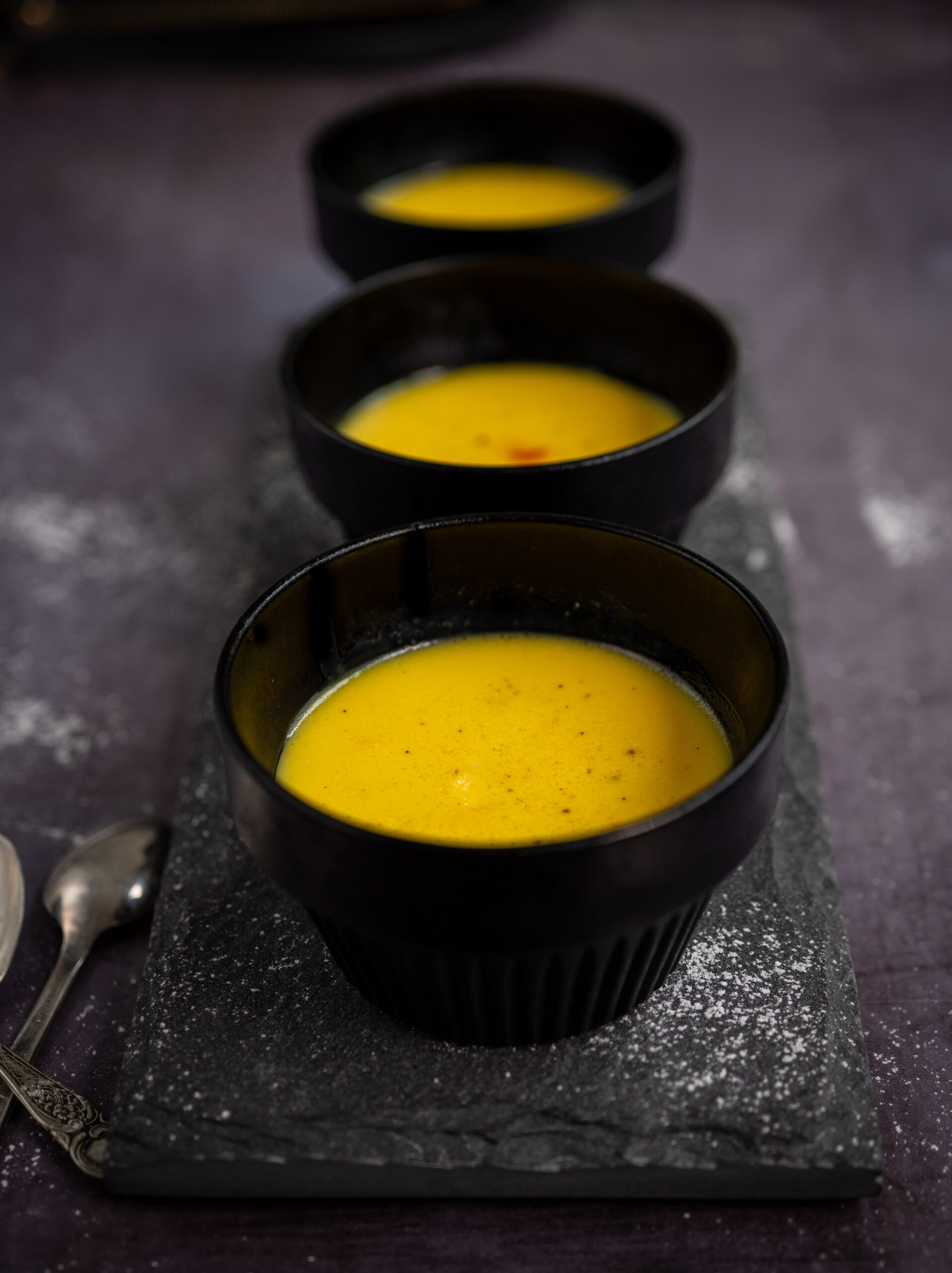
Preparing the custard
In a pot, add cream, ¼ cup sugar and salt. Cook on a medium flame and stir often so the mixture doesn’t stick to the bottom.
Midway through mixing, add the saffron. It adds a nice festive colour to the dessert, as does the flavour. Once the cream comes to a simmer, remove from stove and cover with a lid. Rest this for 20 minutes, during which you must open and stir again no more than twice.
Preparing the egg yolks
Meanwhile, take the egg yolks, add the remaining sugar and stir well.
After the custard has rested for 20 minutes, it’s time to add the yolks to it. Slowly and in a single steady pour, add the custard to the yolks. Beat continuously while pouring. At this point, you have to be careful that the eggs don’t become a scramble due to the heat. This is where you may wind up with breakfast rather than dessert! The key is to stir constantly. Once all the cream is added, mix the custard well and refrigerate until you are ready to bake. This can keep in the fridge for up to 2-3 days.
Baking
Preheat the oven at 150° C. In a wide enough tray with tall sides, arrange 6 ramekins. Now, it’s time for the bain-marie technique, used for delicate baked goods like this. You do this by simply pouring hot water into the tray. With the help of a ladle, gently fill the ramekins with the custard-yolk concoction to ¾.
Place the tray gently into the preheated oven and bake for about 30 minutes or until the centre looks jiggly while the edges are not.
Remove the ramekins from the tray and allow to cool on a wire rack.
Once they are at room temperature, refrigerate for at least 5-24 hours.
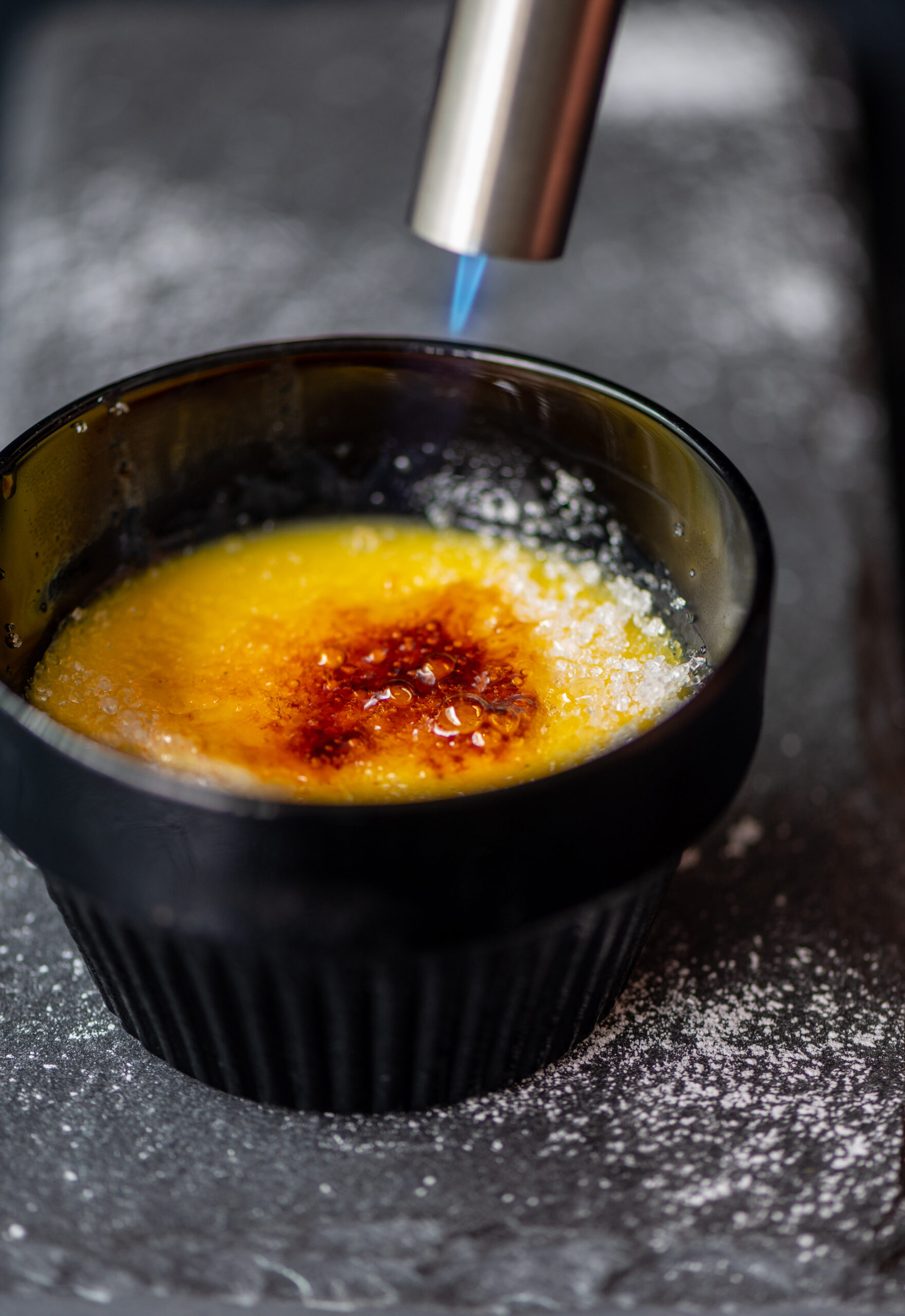
Brûléeing
Remove the ramekins from the refrigerator and sprinkle 1 teaspoon each of brown sugar and white sugar on top. Brûléeing is the process of using a torch to heat the sugar until it melts and changes colour. Hold the torch longer to make it a nice crust on top and until all the sugar melts. You may add another spoonful of sugar if you like and repeat the same. Do this for each individually.
Serve immediately. The custard must be cold and the brûléed sugar on top must be warm. This play of temperatures, along with the play of textures, is what a good crème brûlée is all about!
It’s quite a simple recipe once you get a little practice at it. Remember to follow it very closely. The one place where you have room to innovate is in the flavouring. The authentic dessert is plain, but I have no doubt that others must also be playing with the taste additions like I am. If you’re not a fan of saffron, you may want to try vanilla, rose or lavender. I also like to have the plain one with a little passion fruit on top of the brûléed sugar, which brings in a fun flavour interaction.
If you have any questions at all about the process, especially if you are still a little intimidated about trying out what is usually considered a somewhat fancy dessert, drop a comment below. I’m happy to help you figure it out. Trust me, you deserve to taste this loveliness!
On that note, more desserts are coming up here on this blog later this month, in time for Christmas, so do stay tuned! You may want to explore the dessert archive as you plan your menu as well. If you’re in Chennai and want to order from the re:store kitchen for the festivities, give me a buzz!
